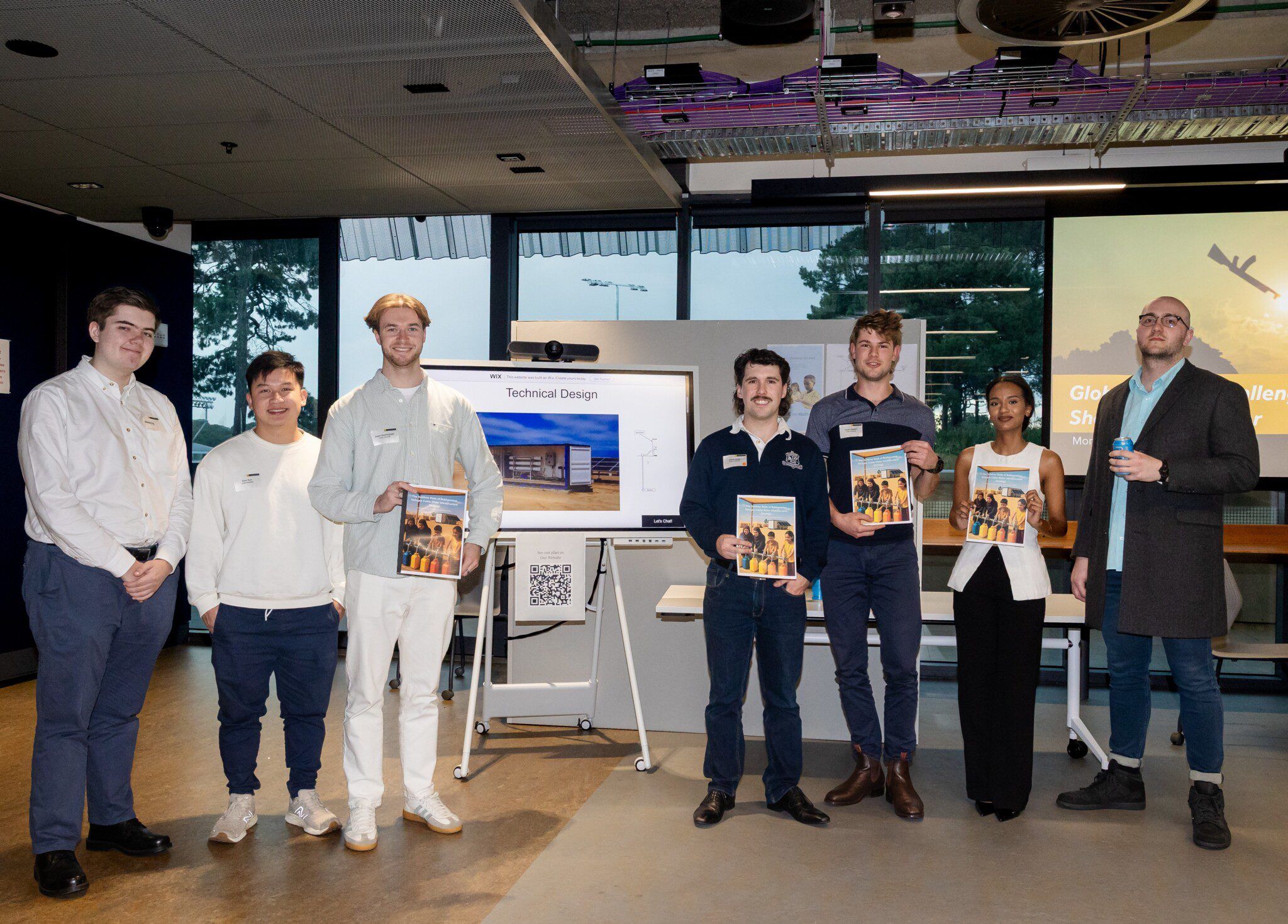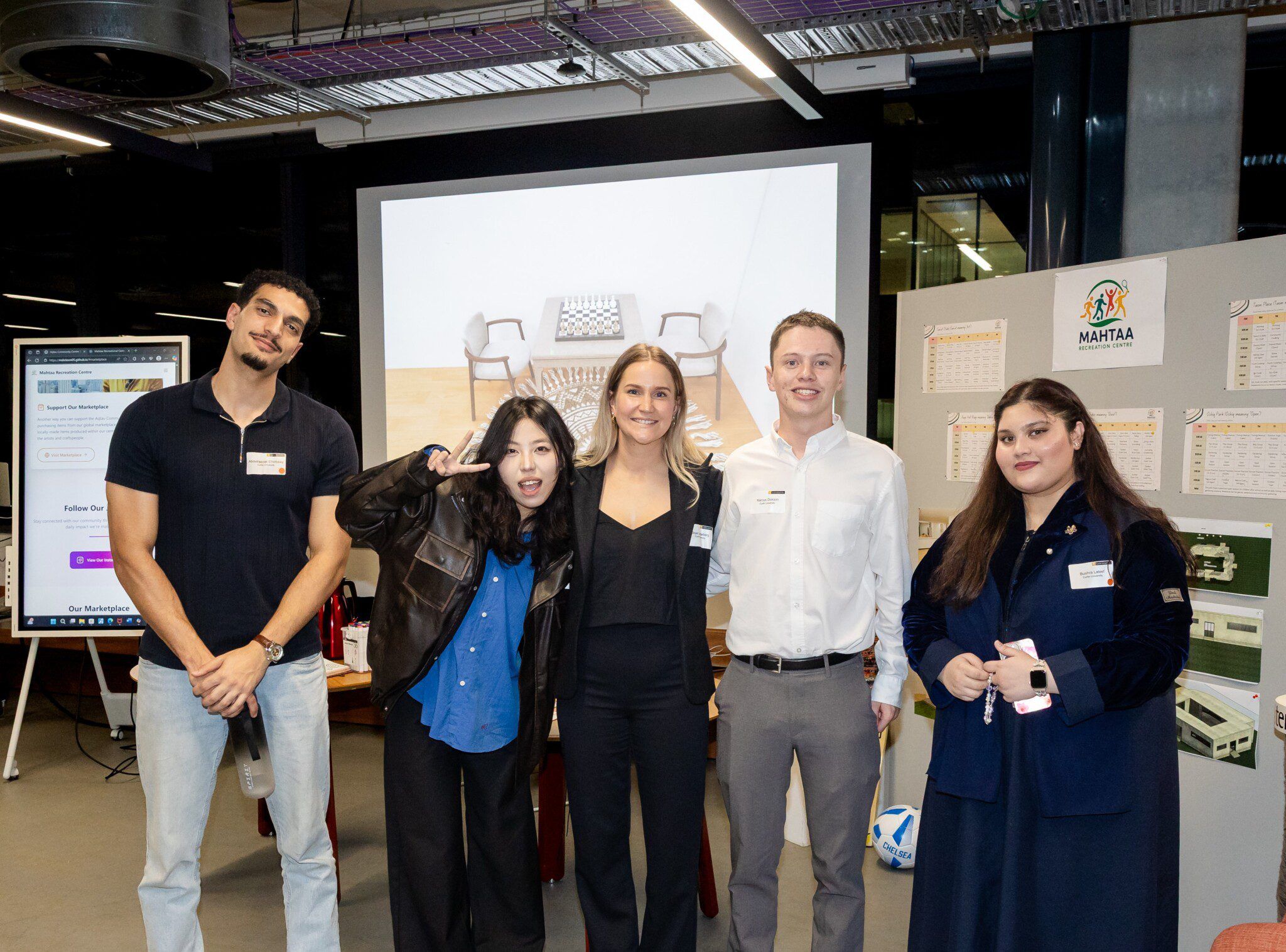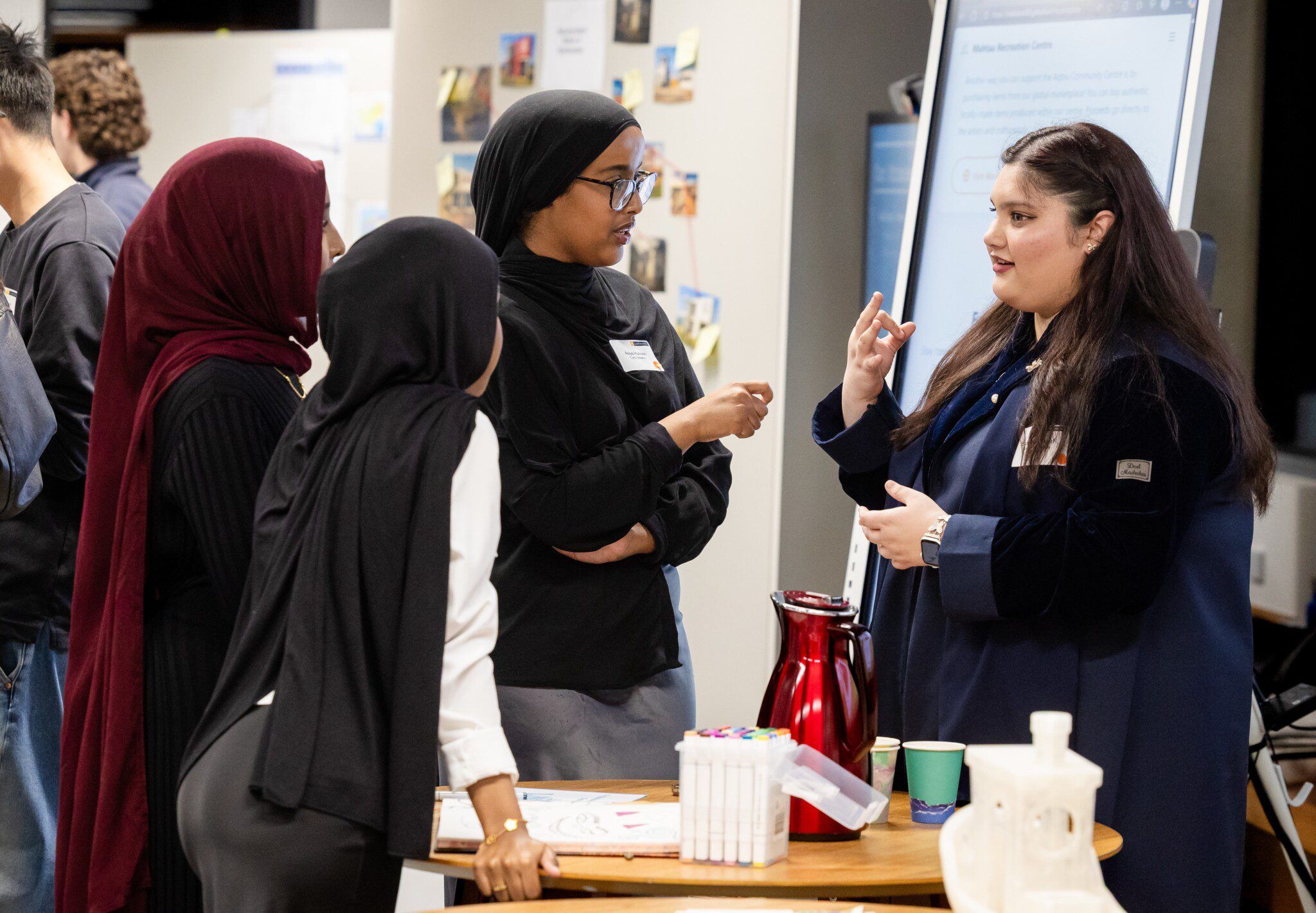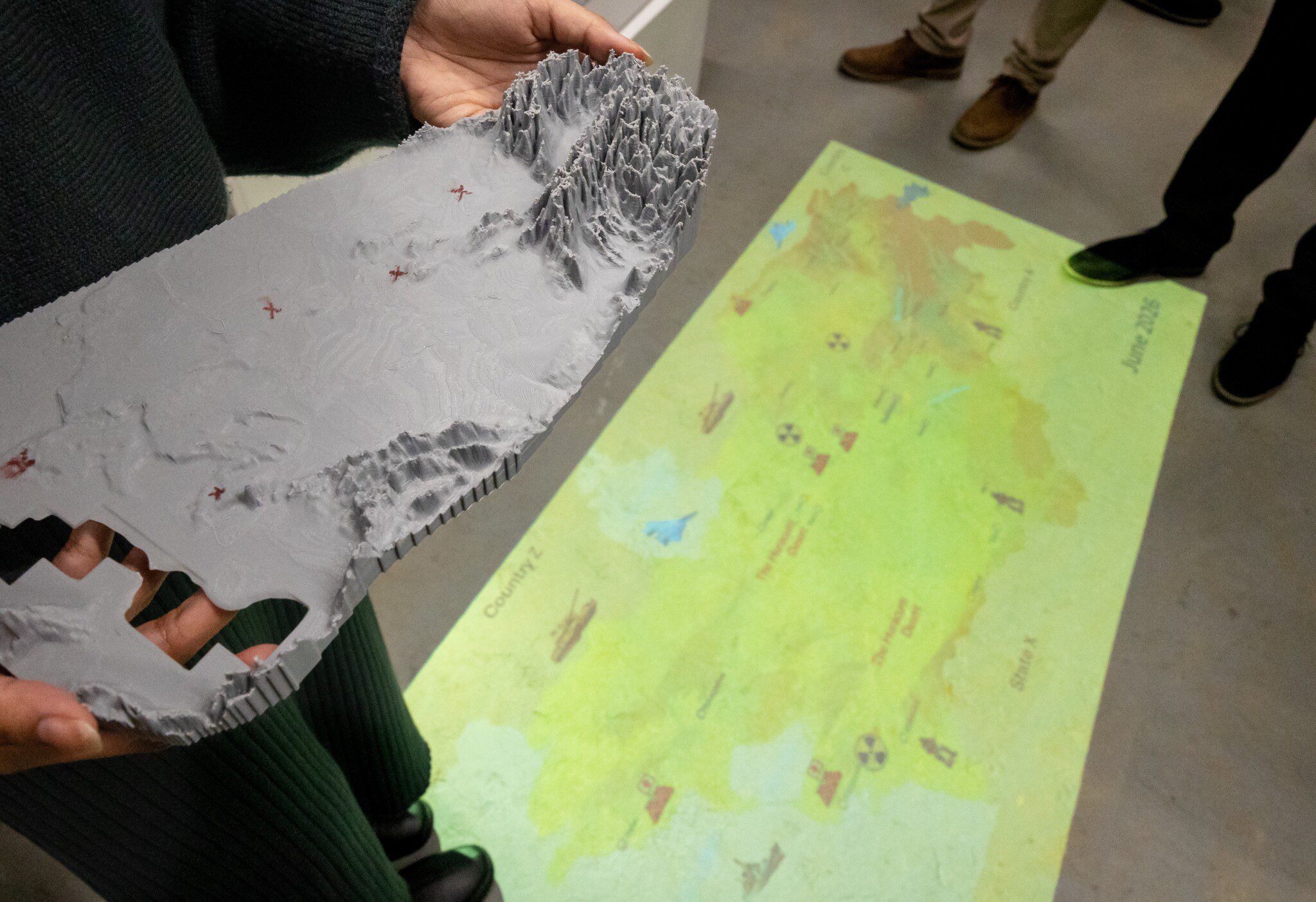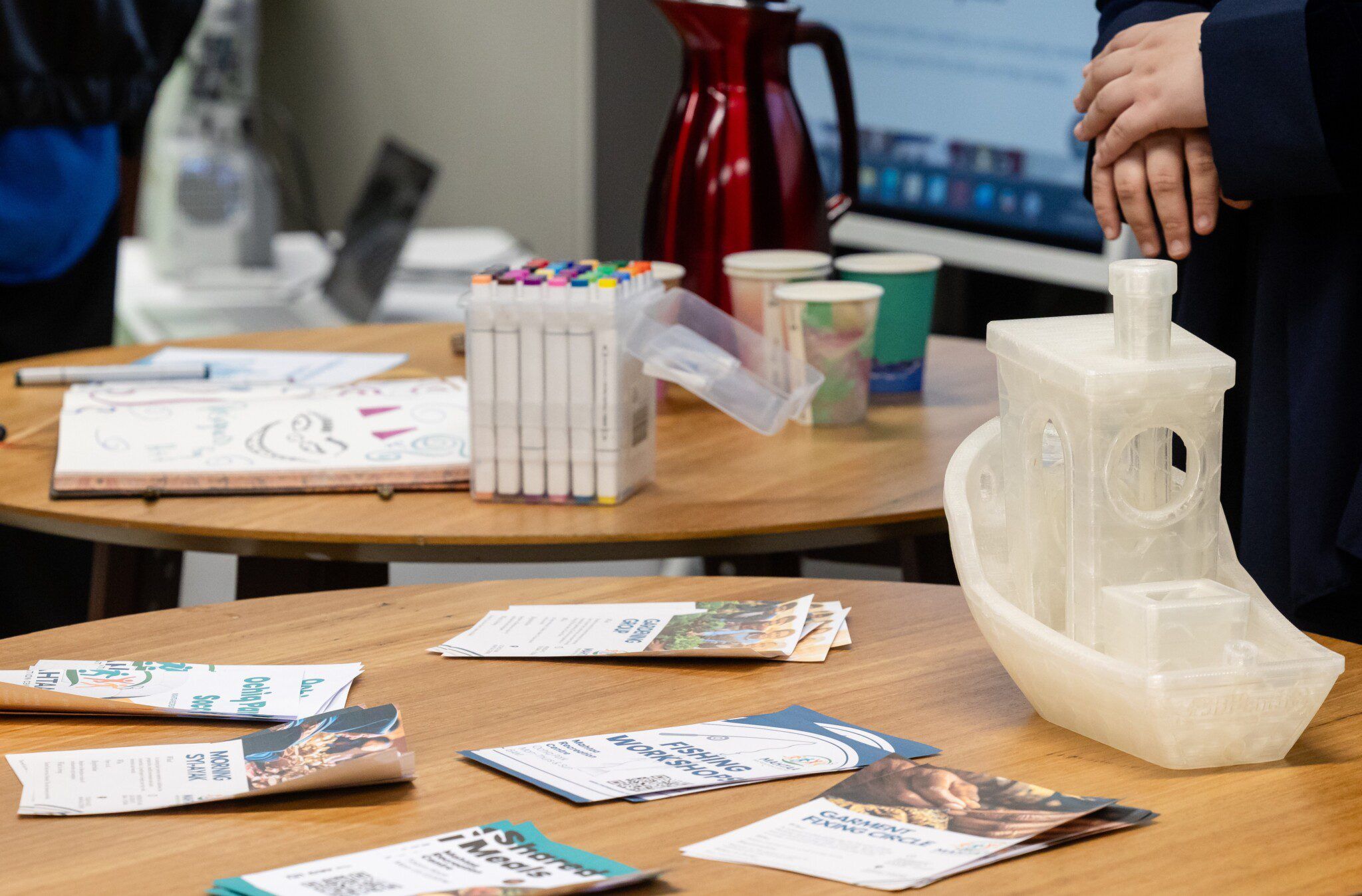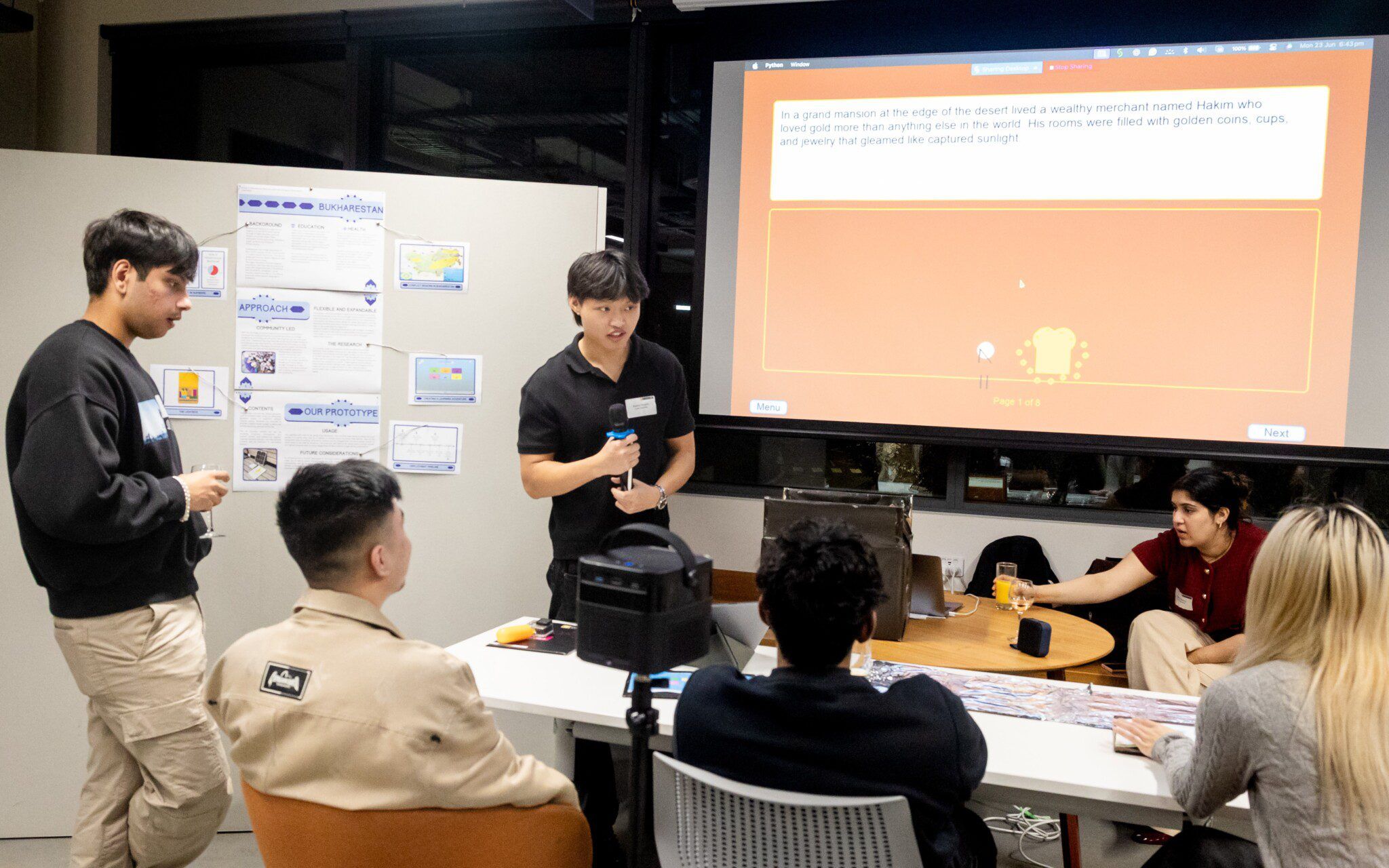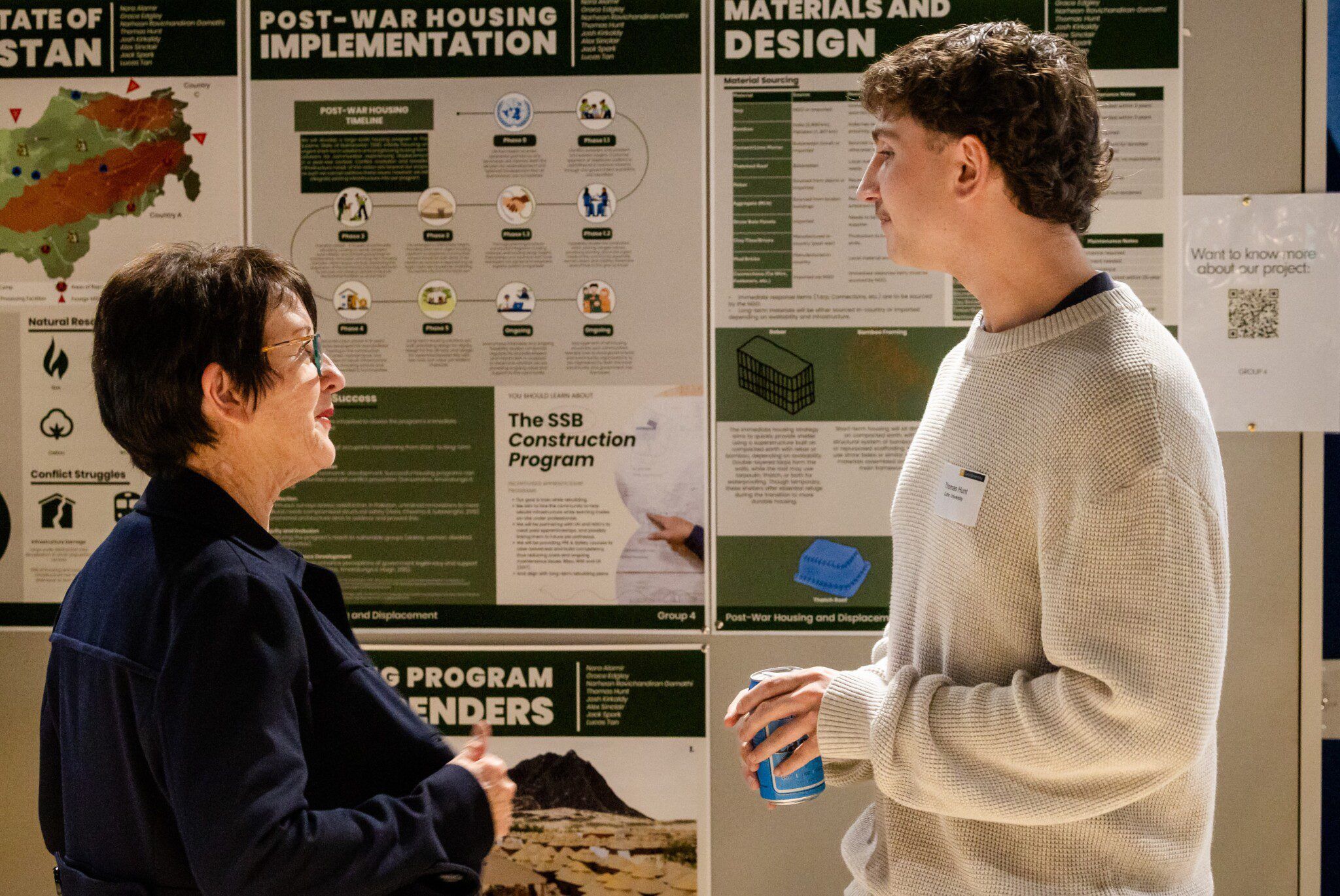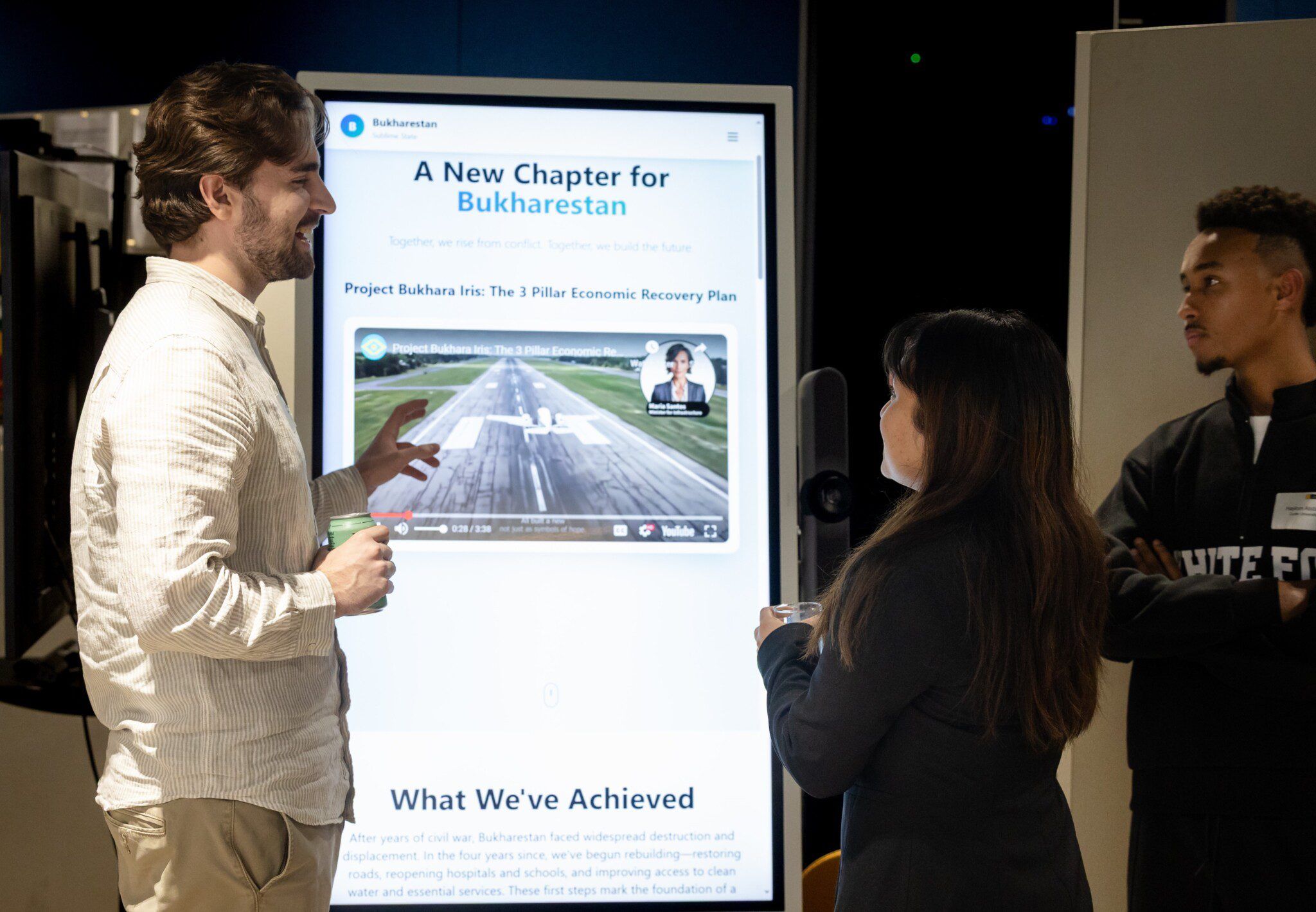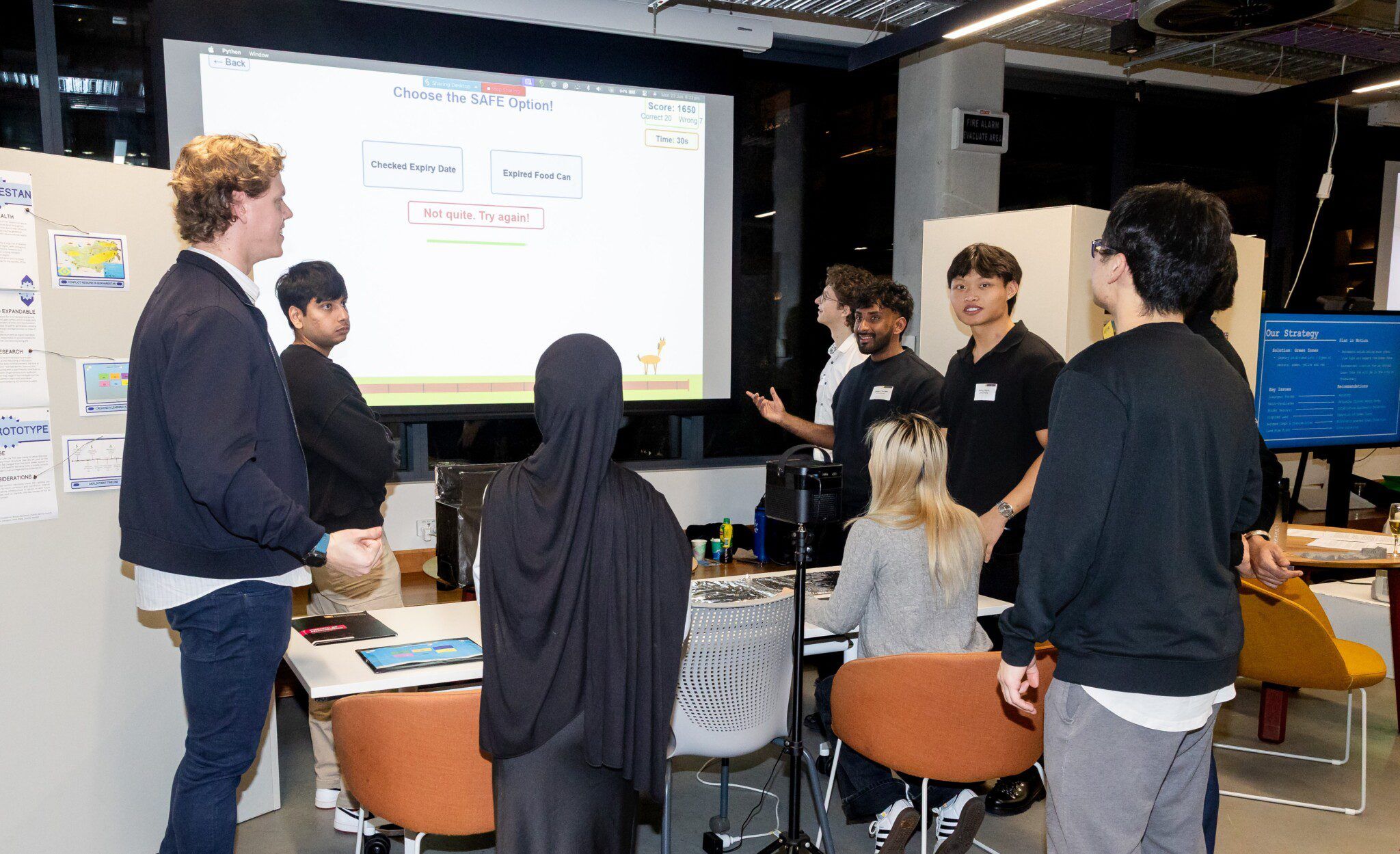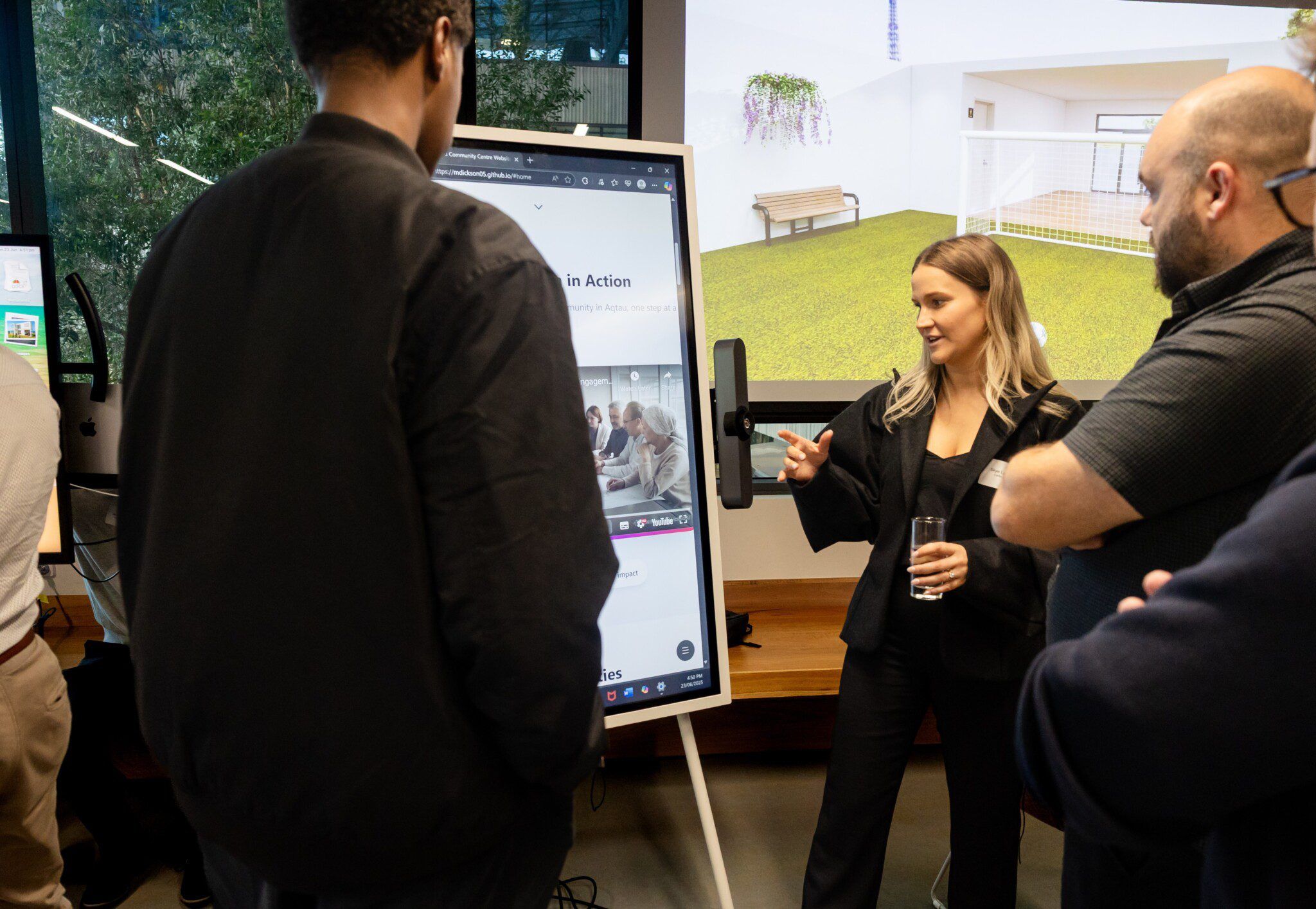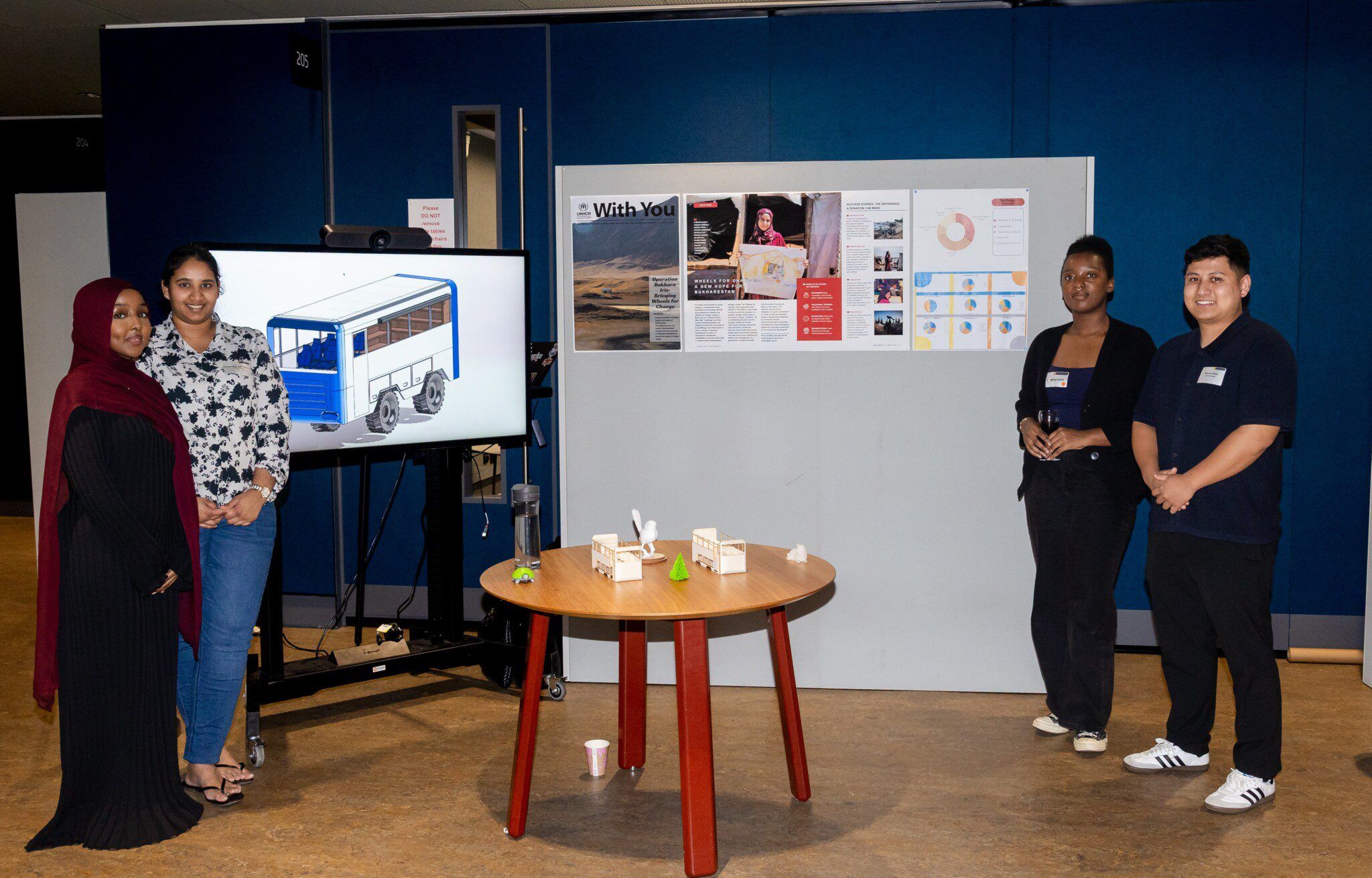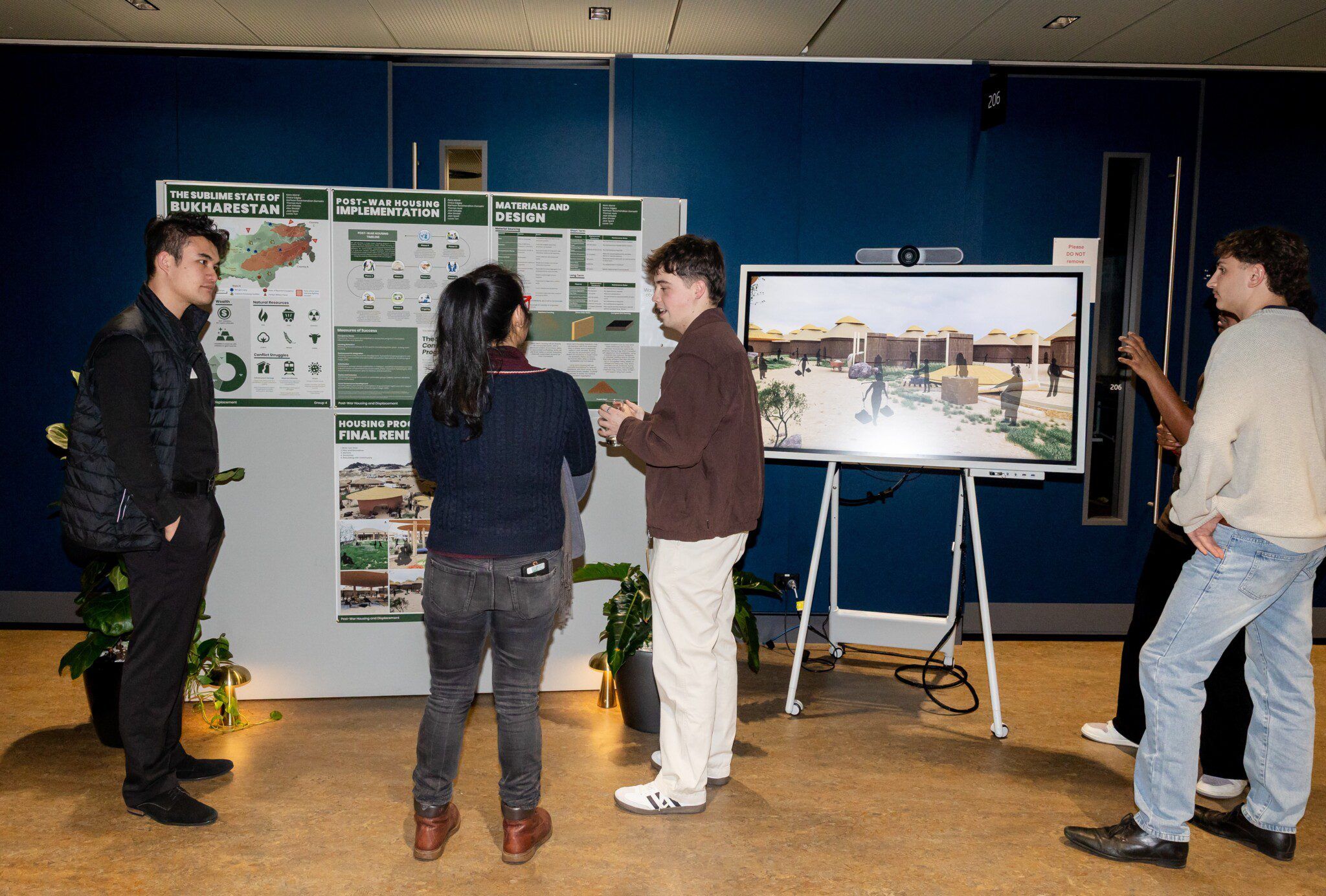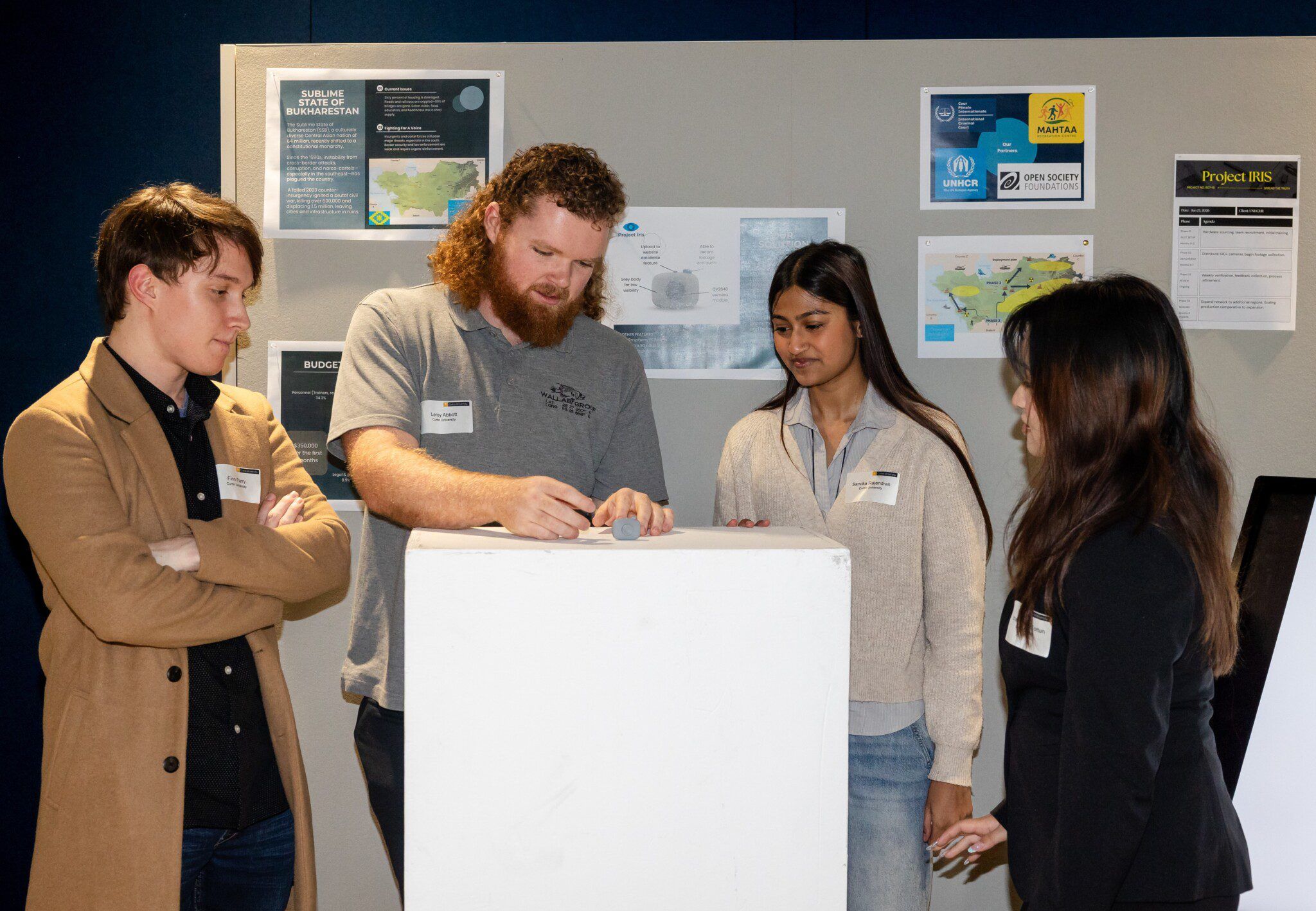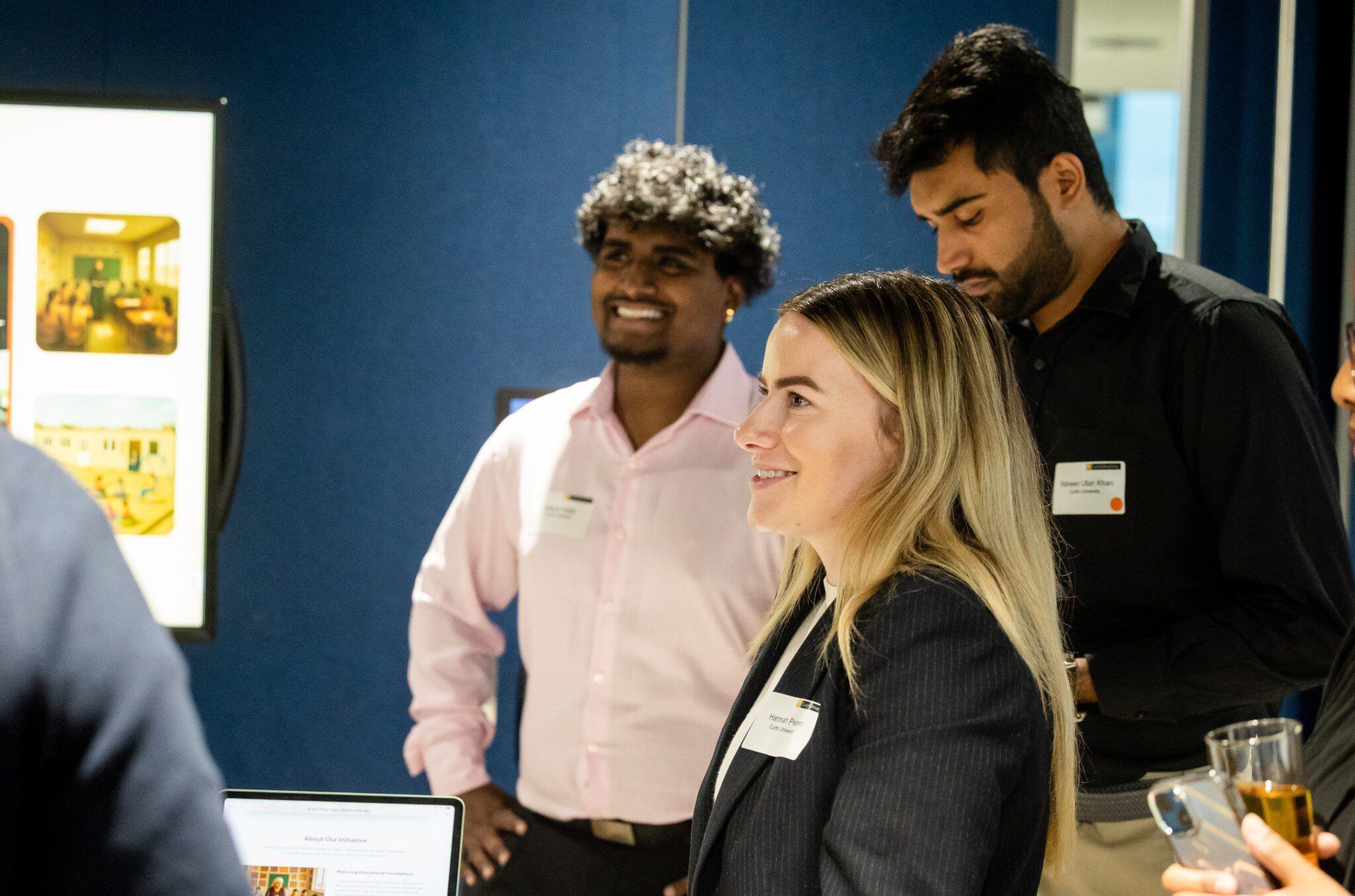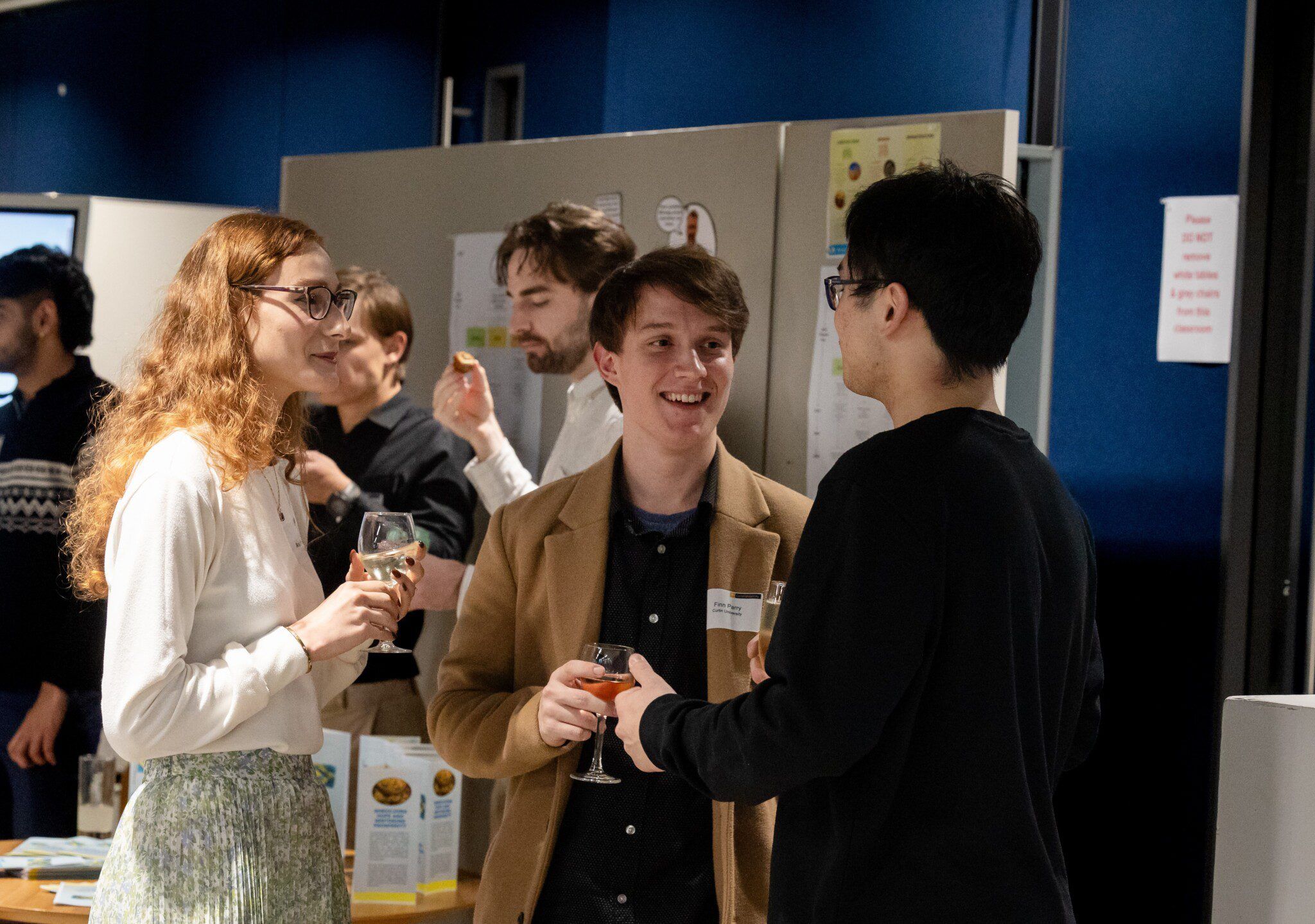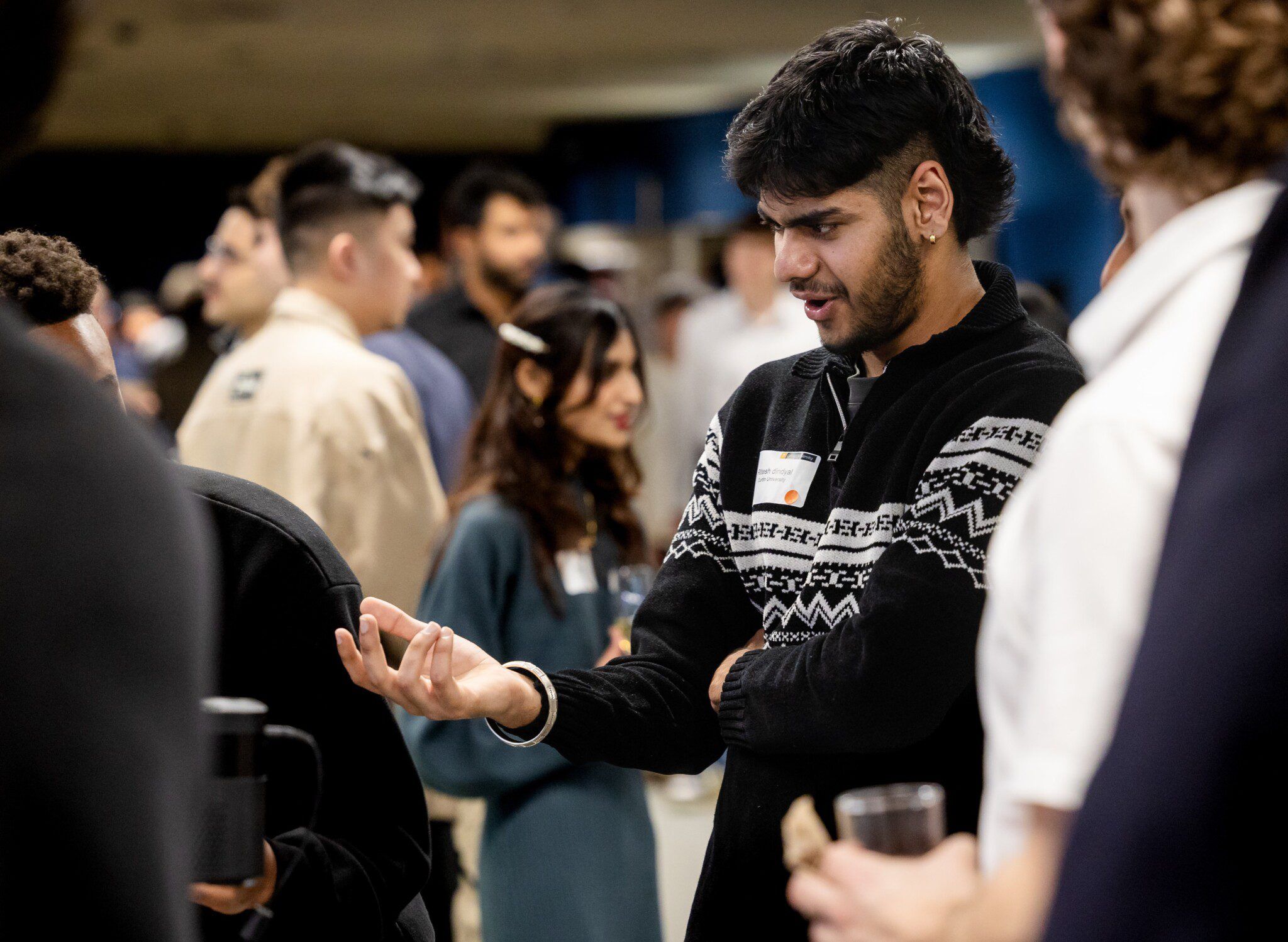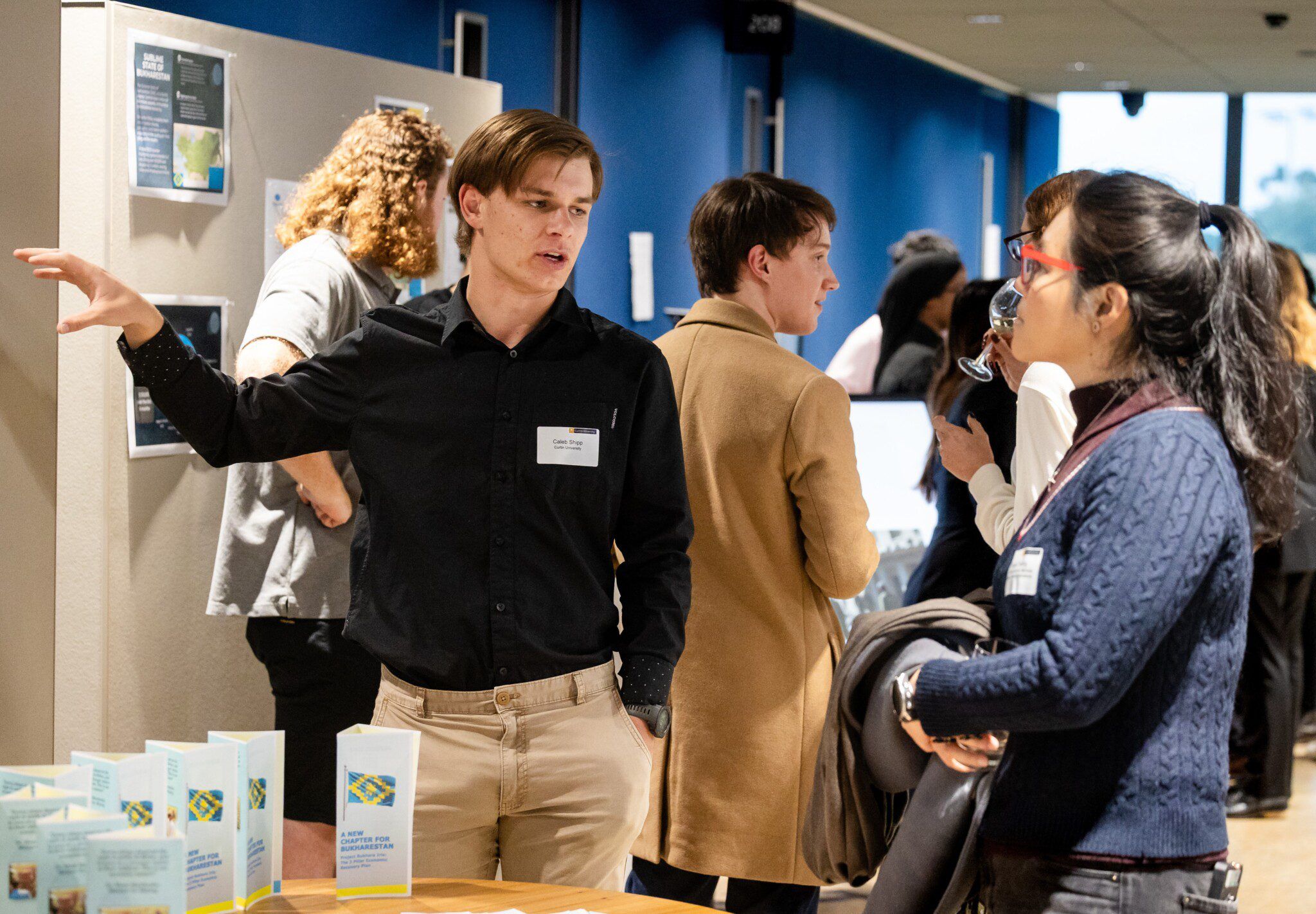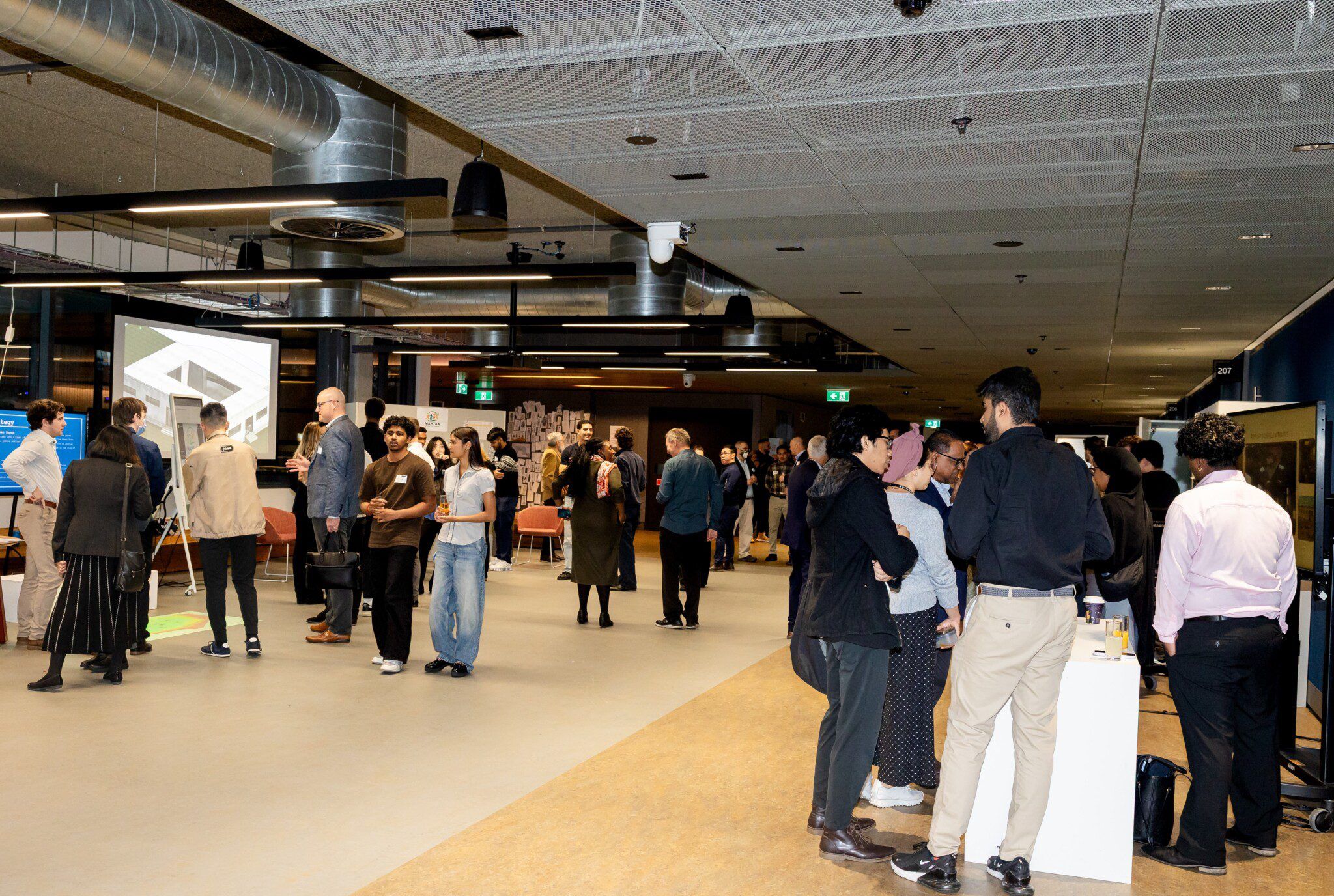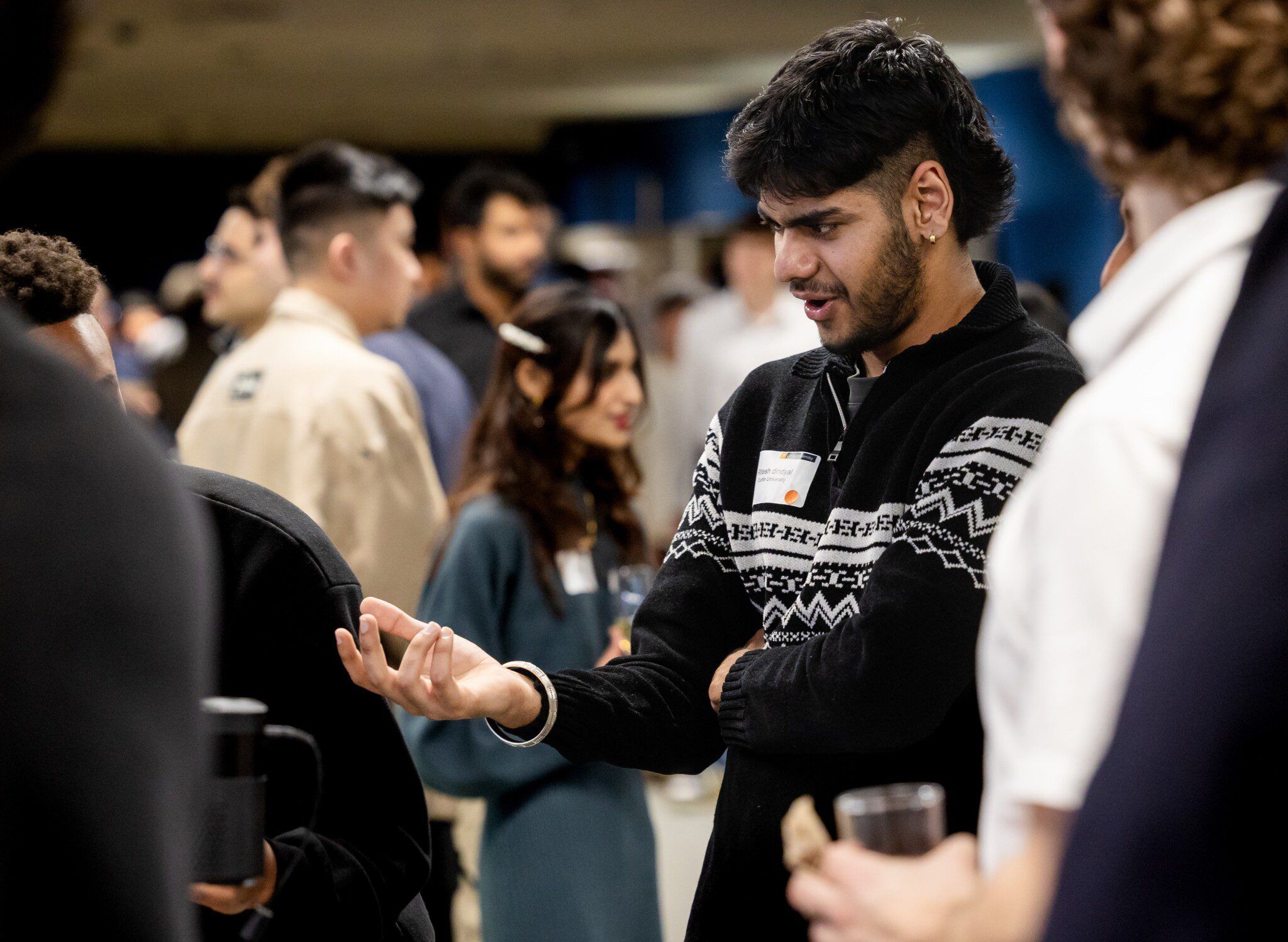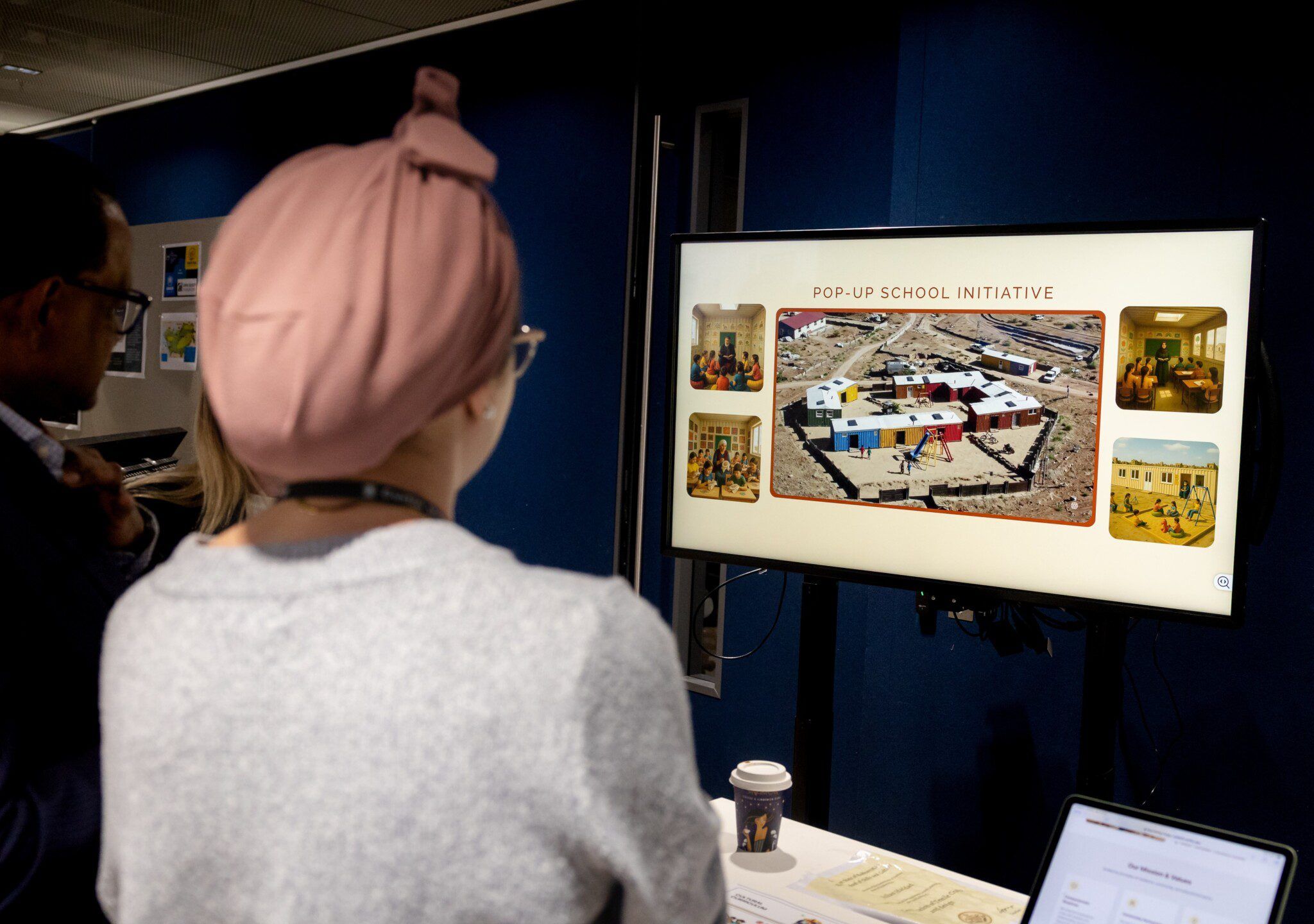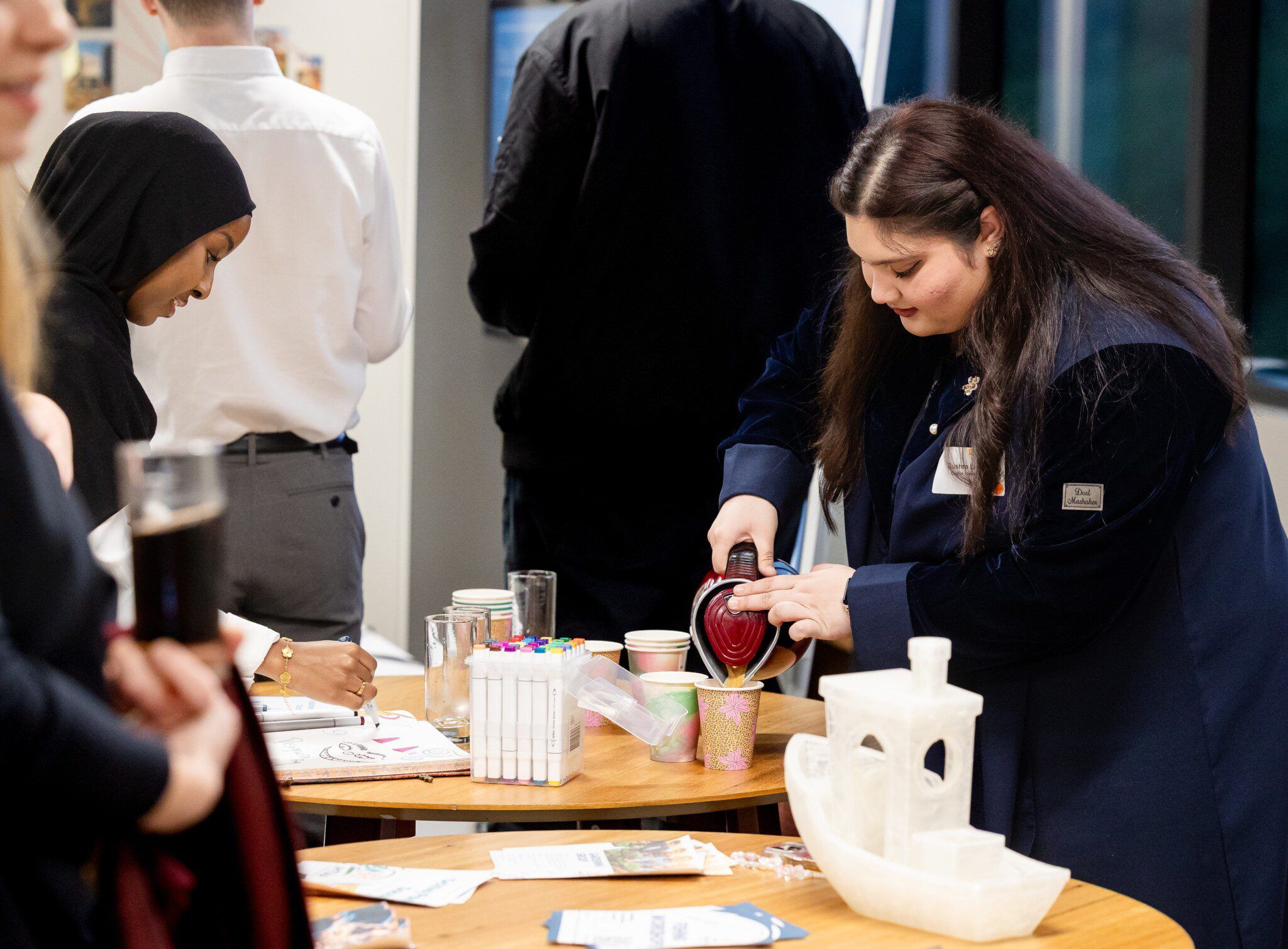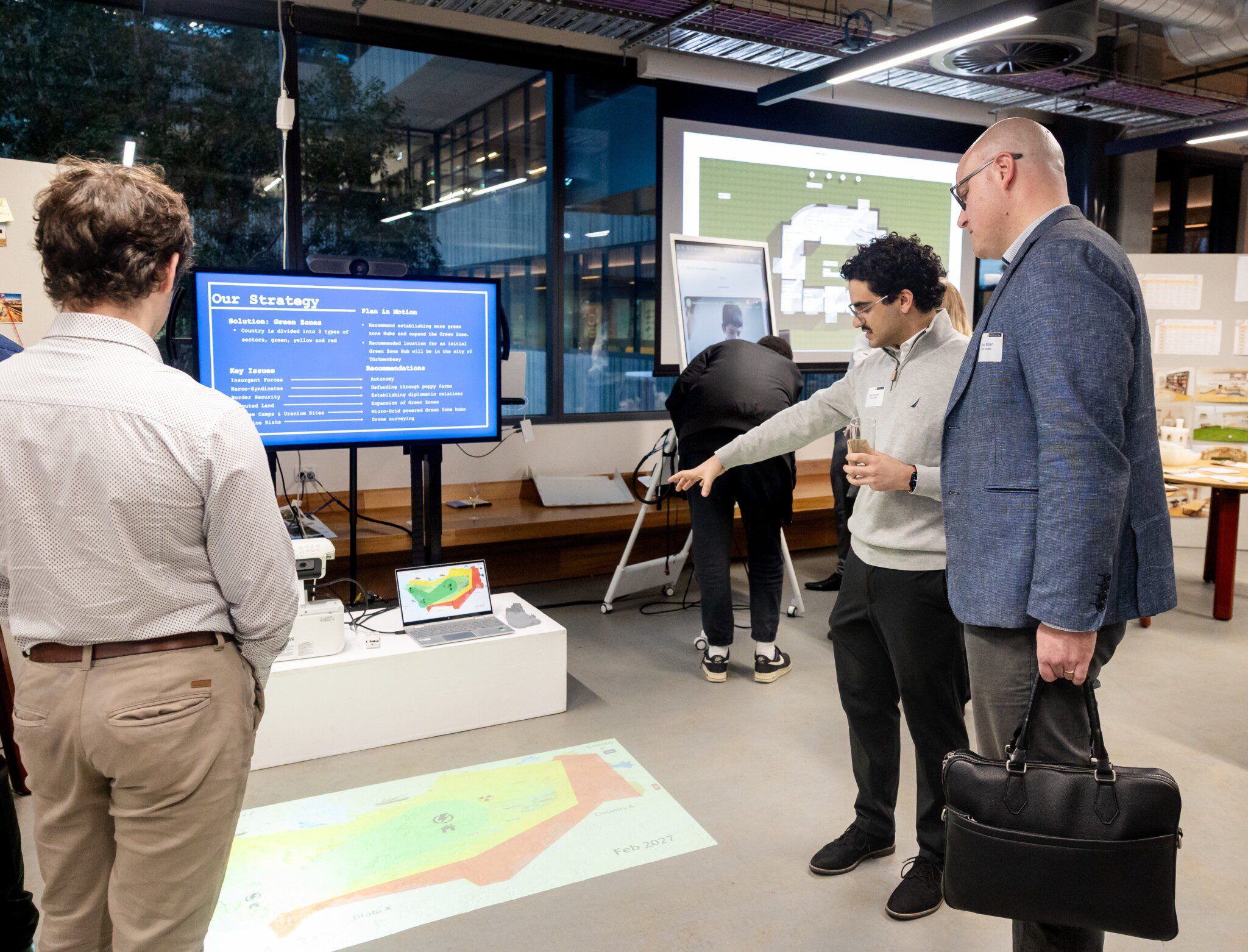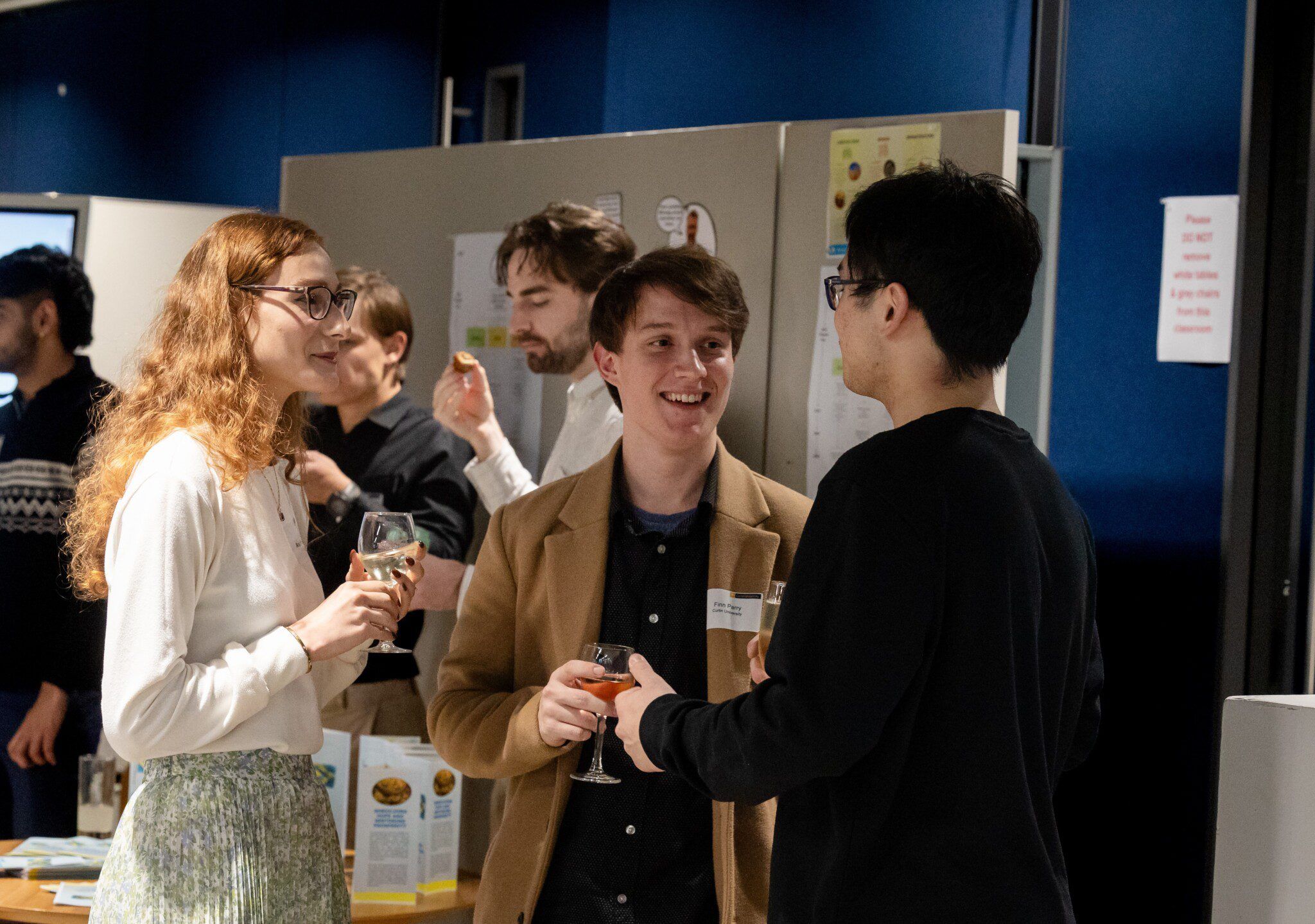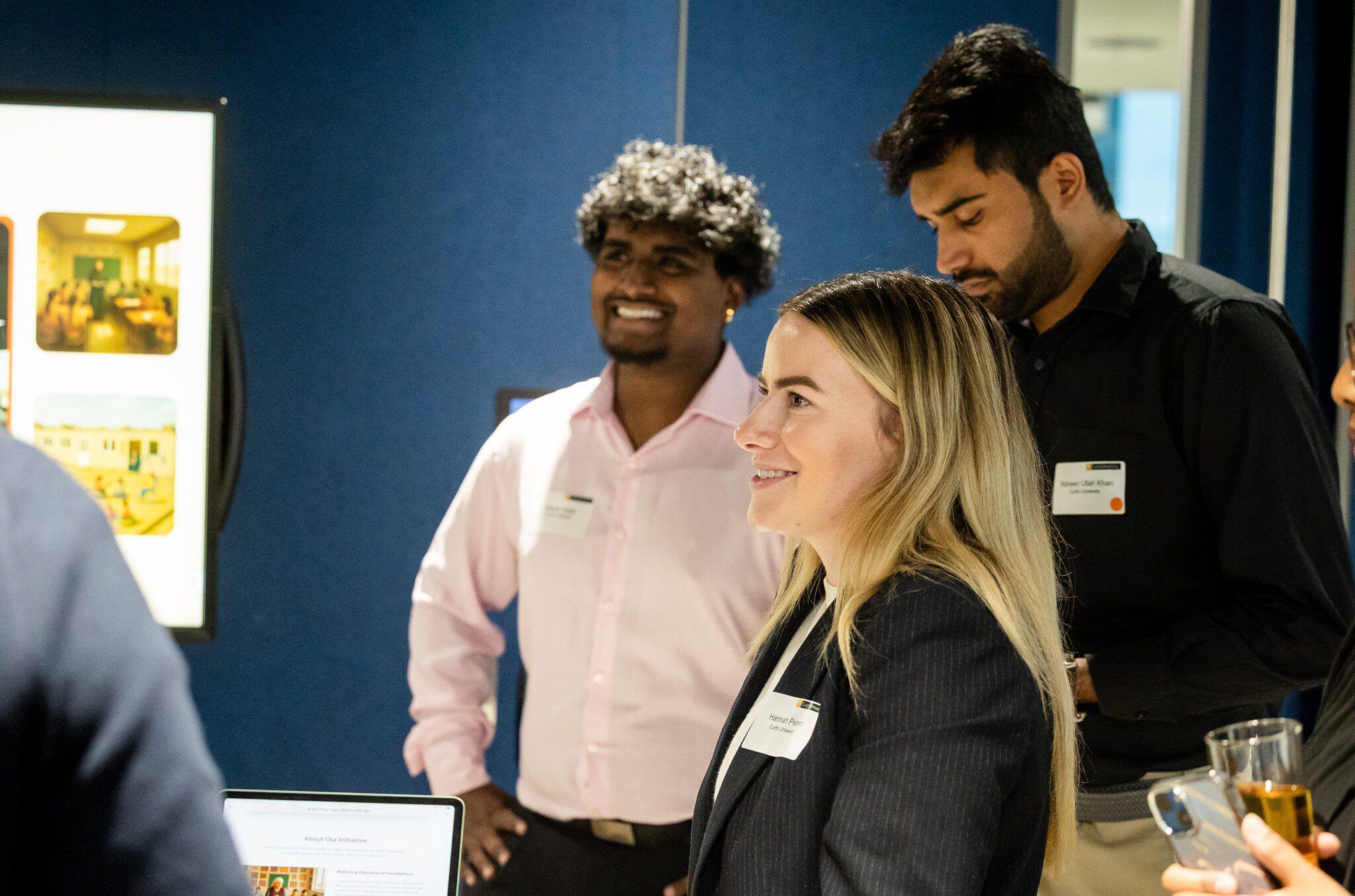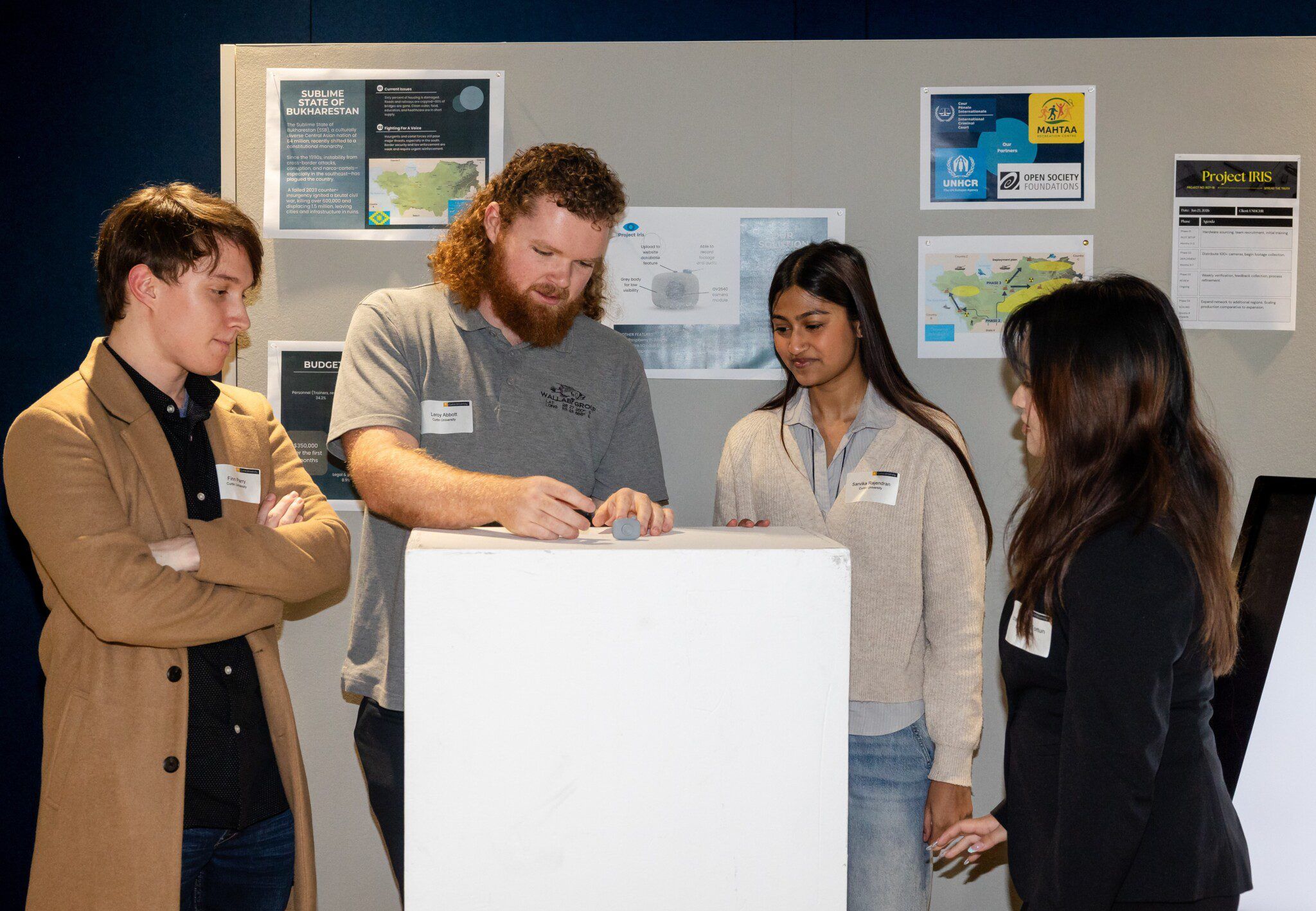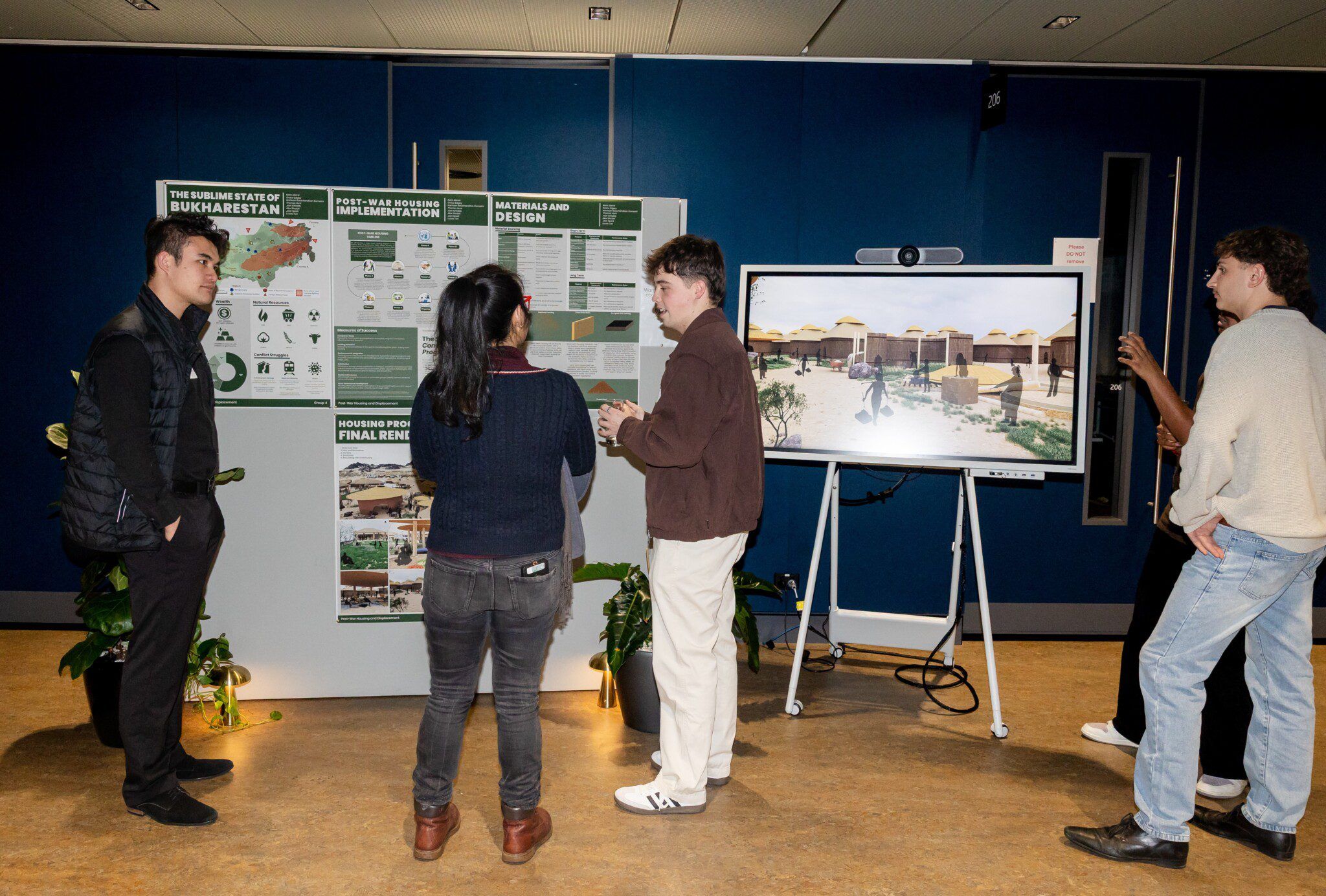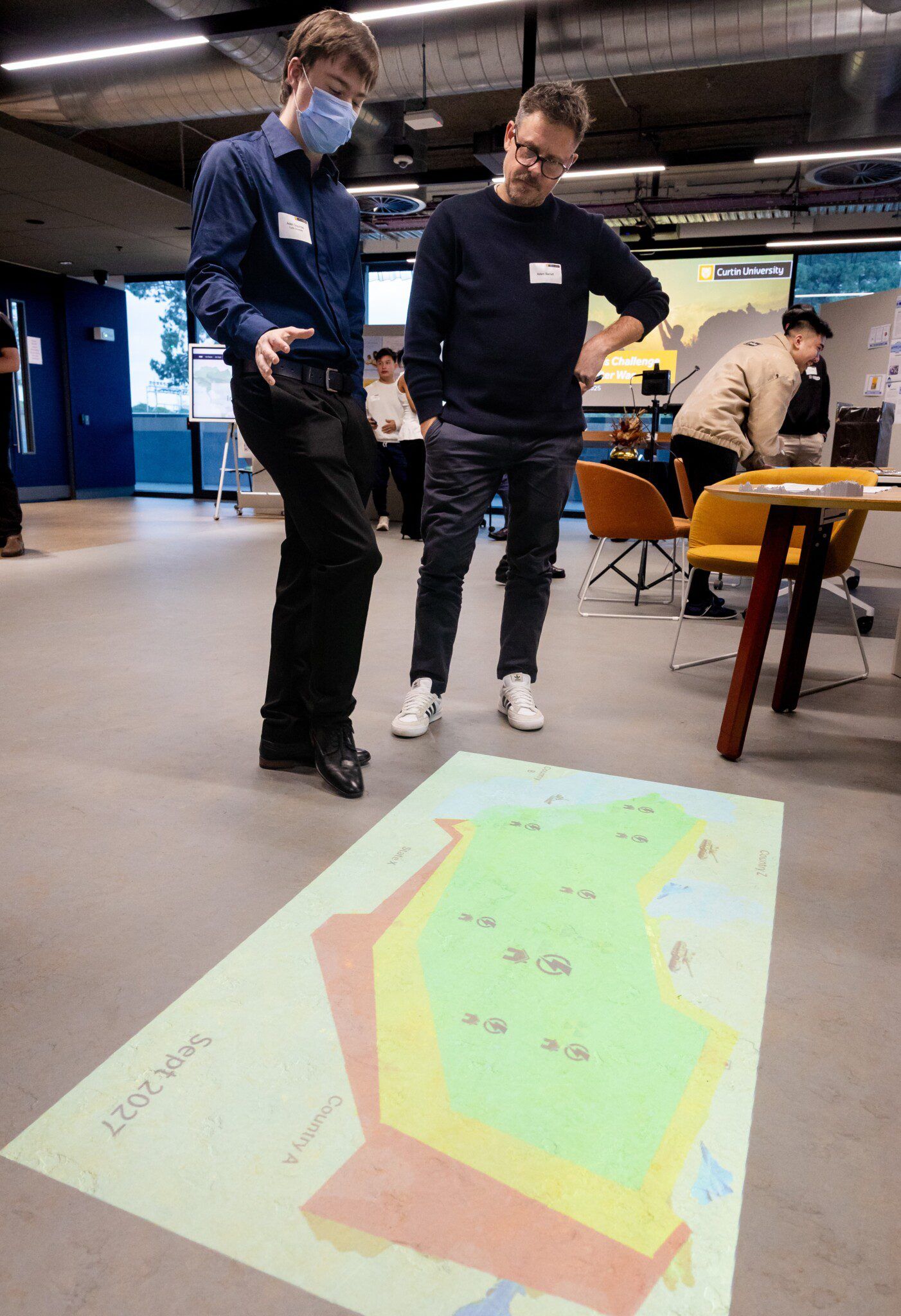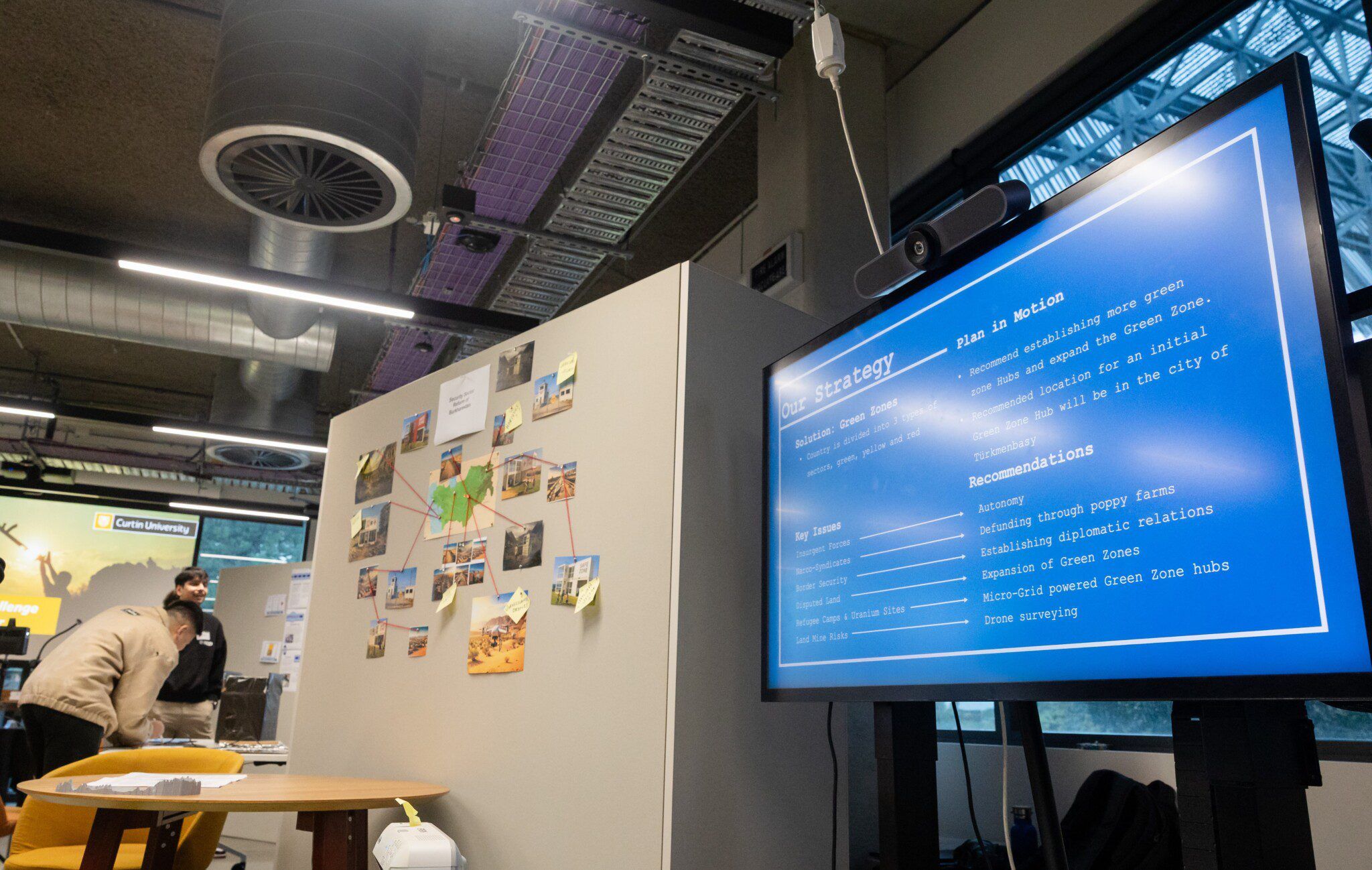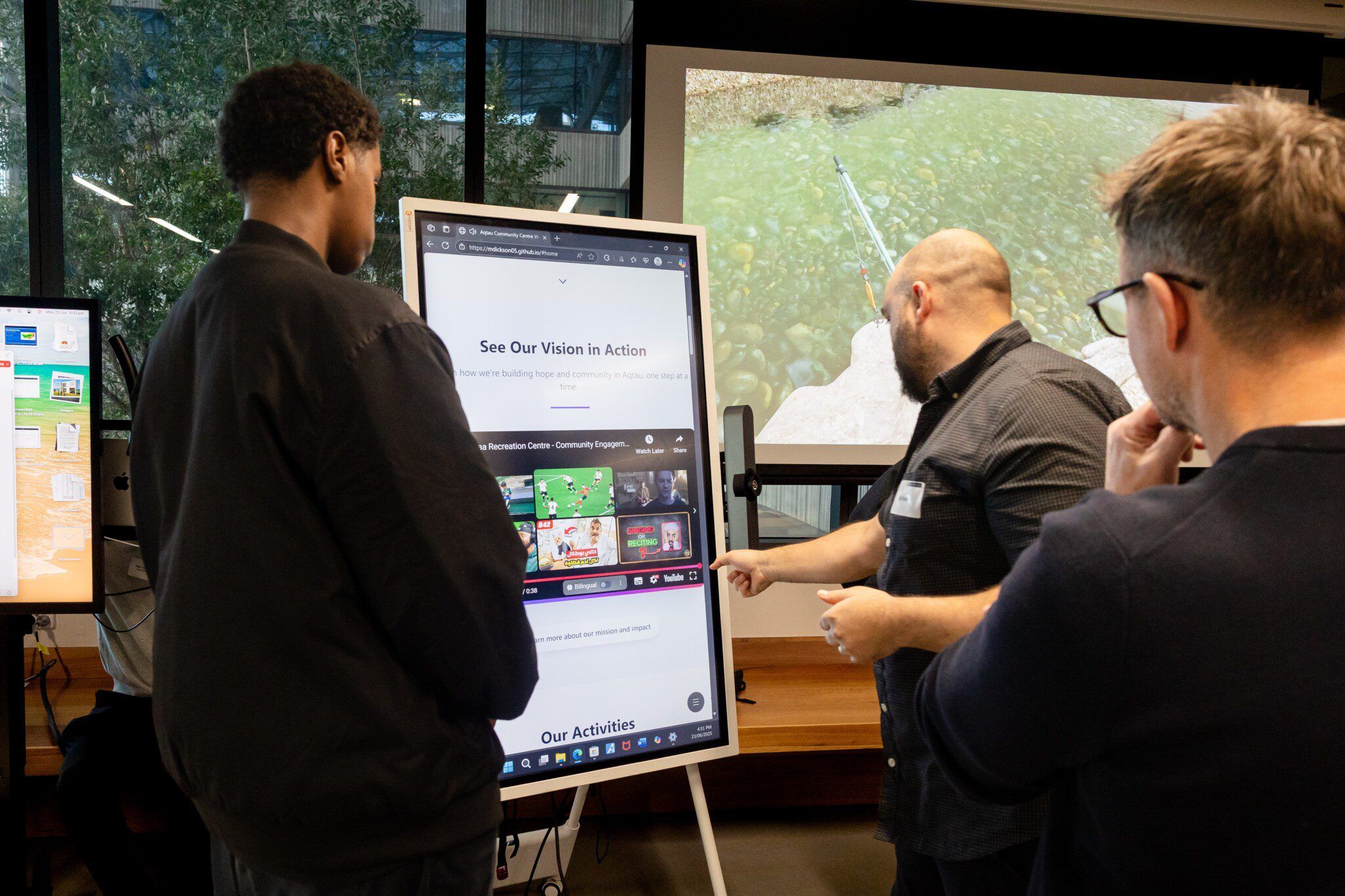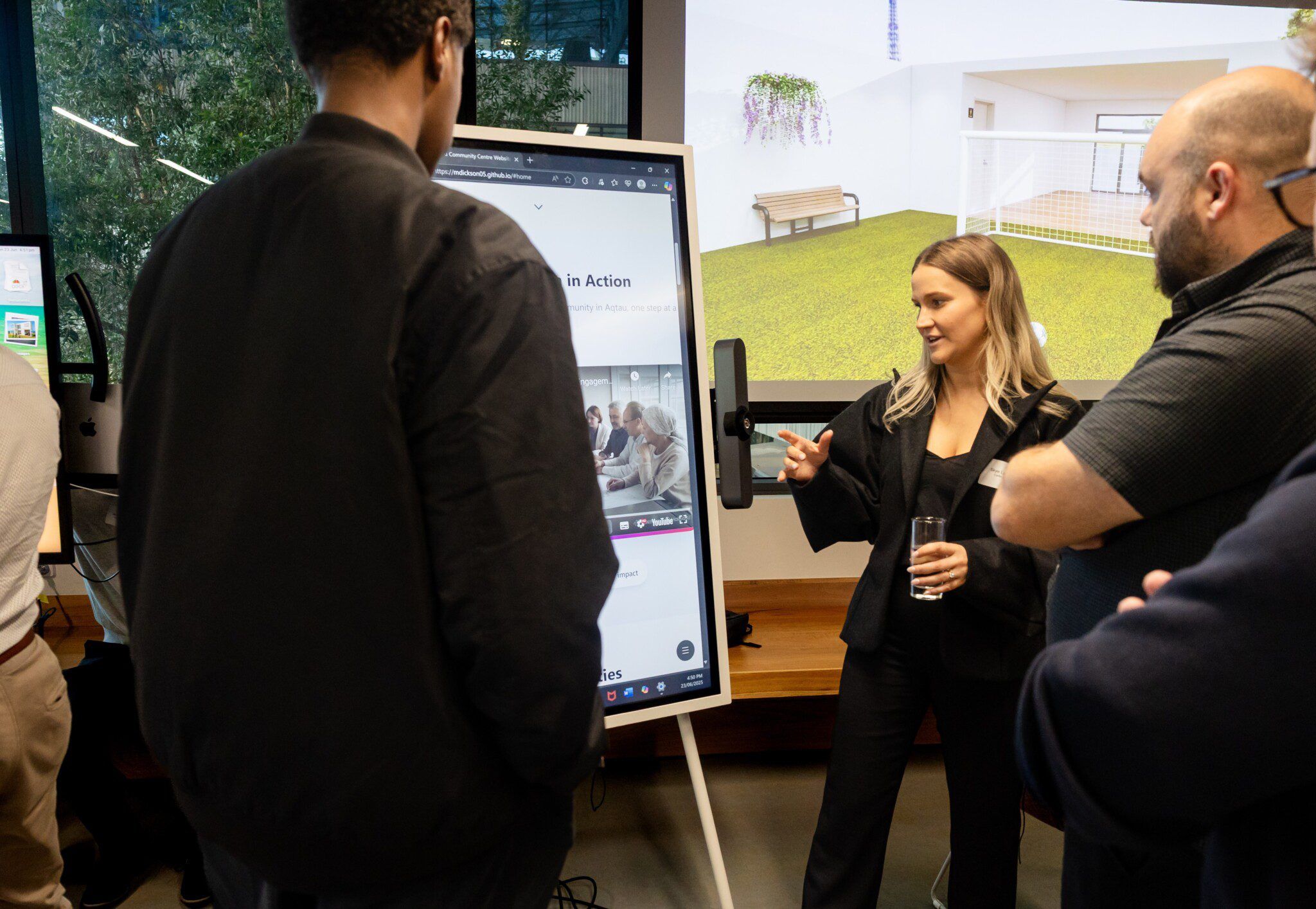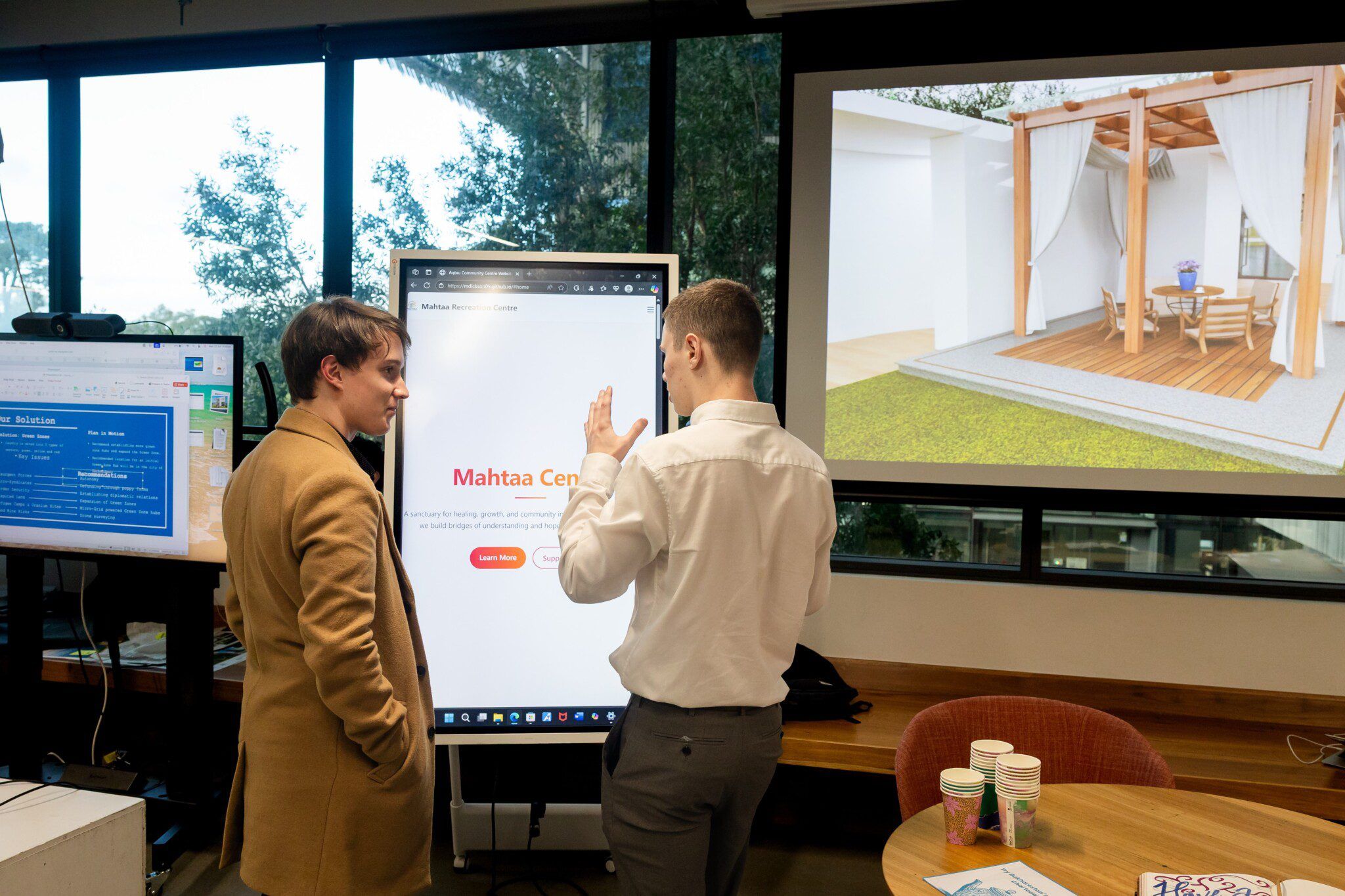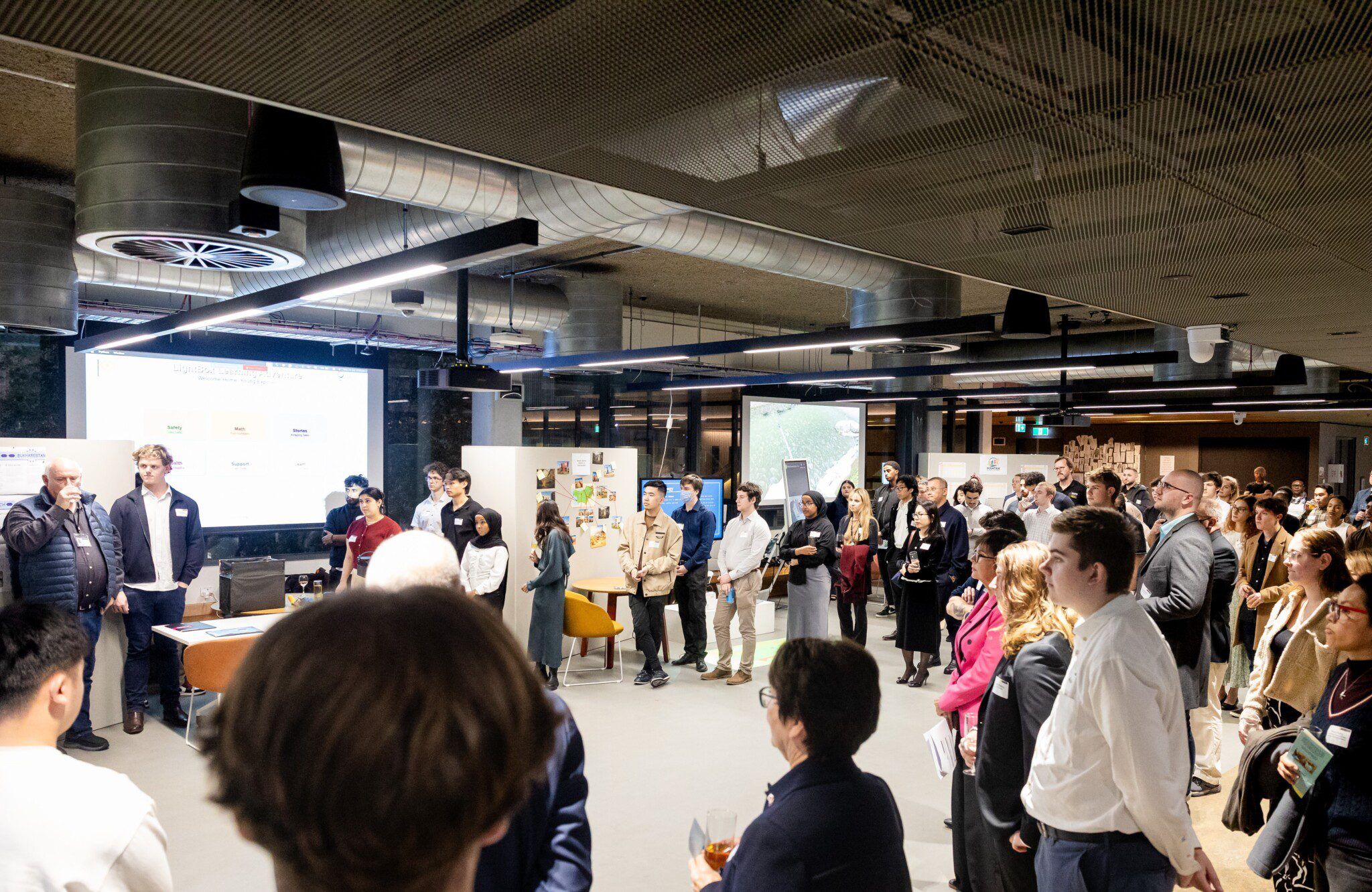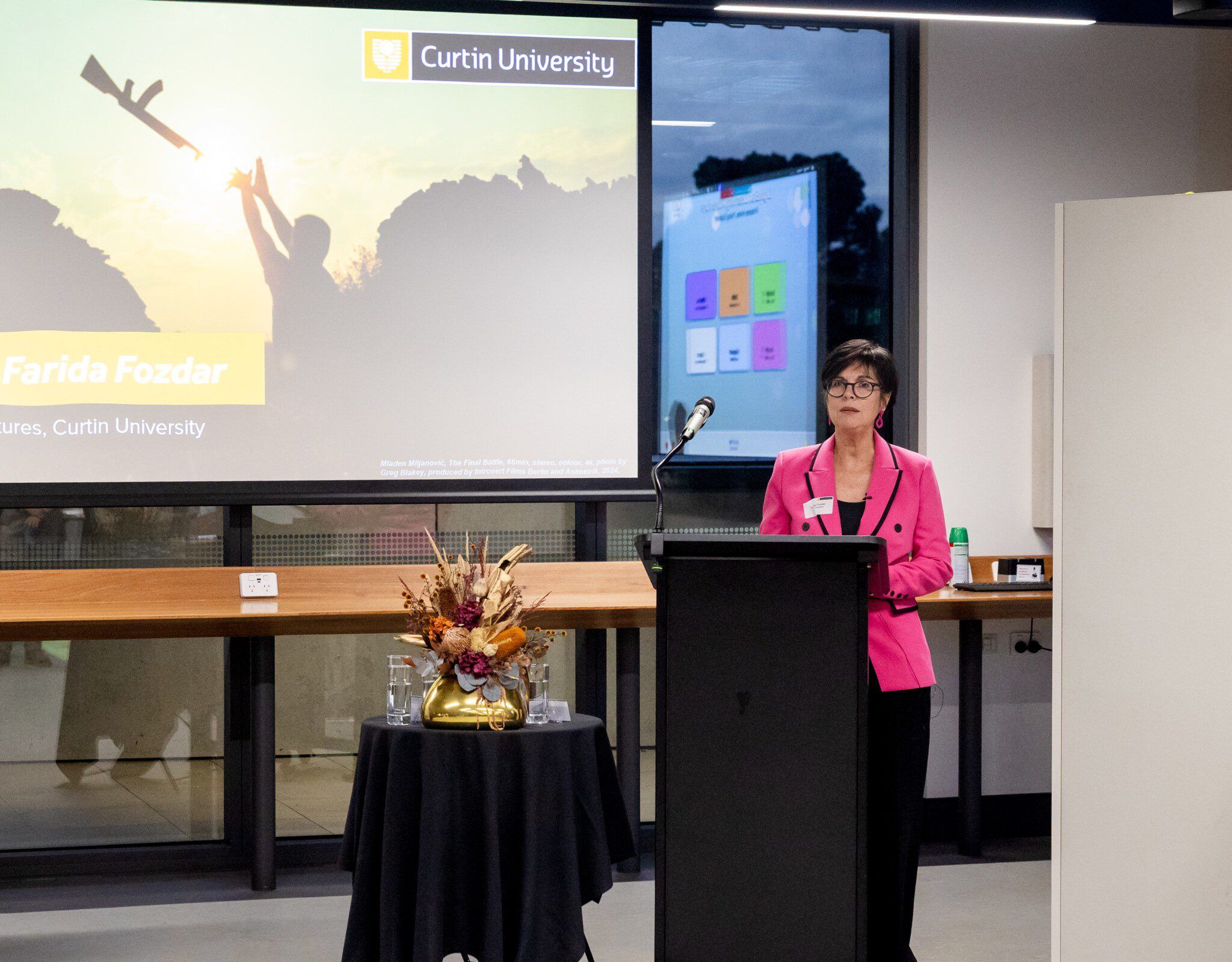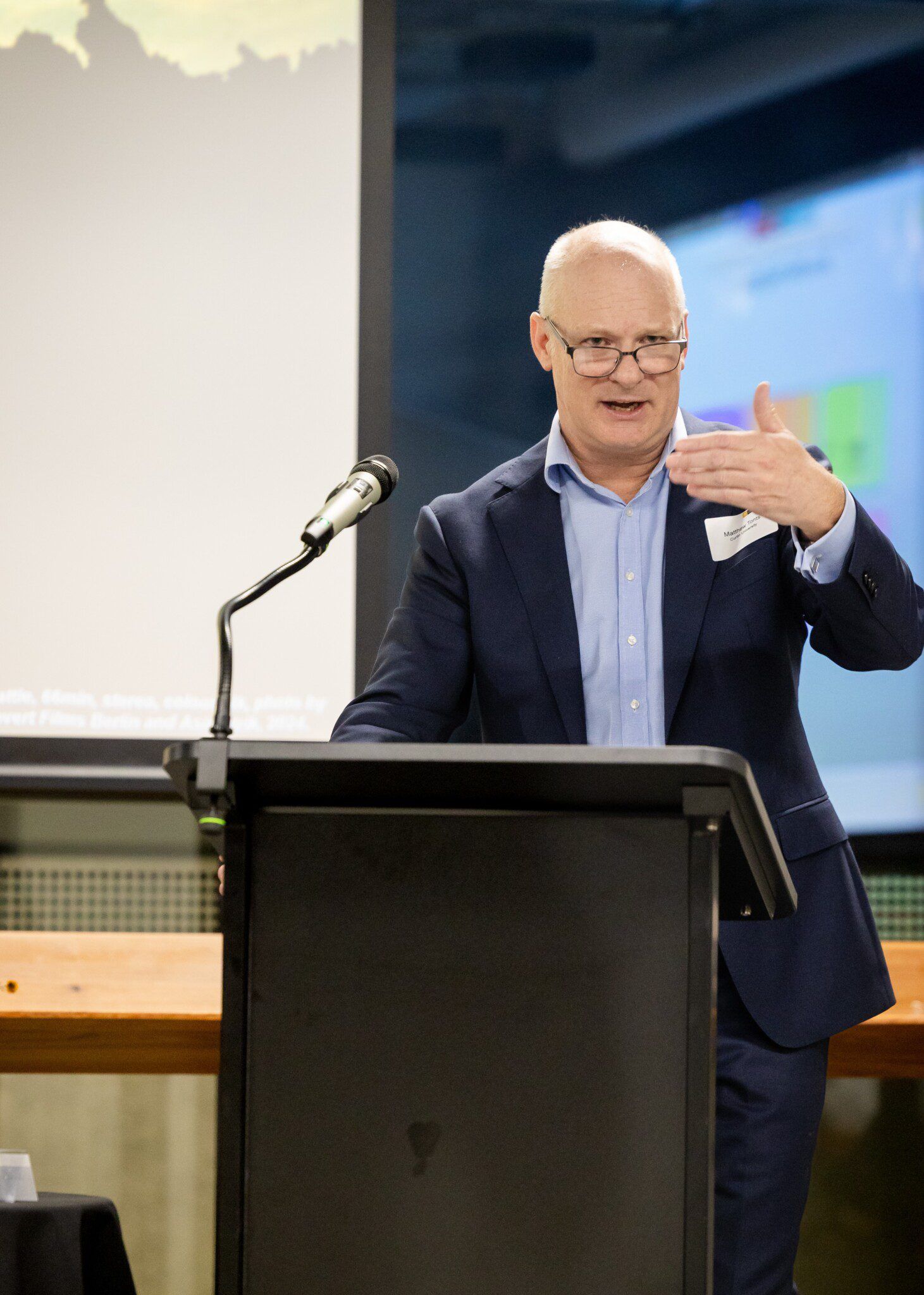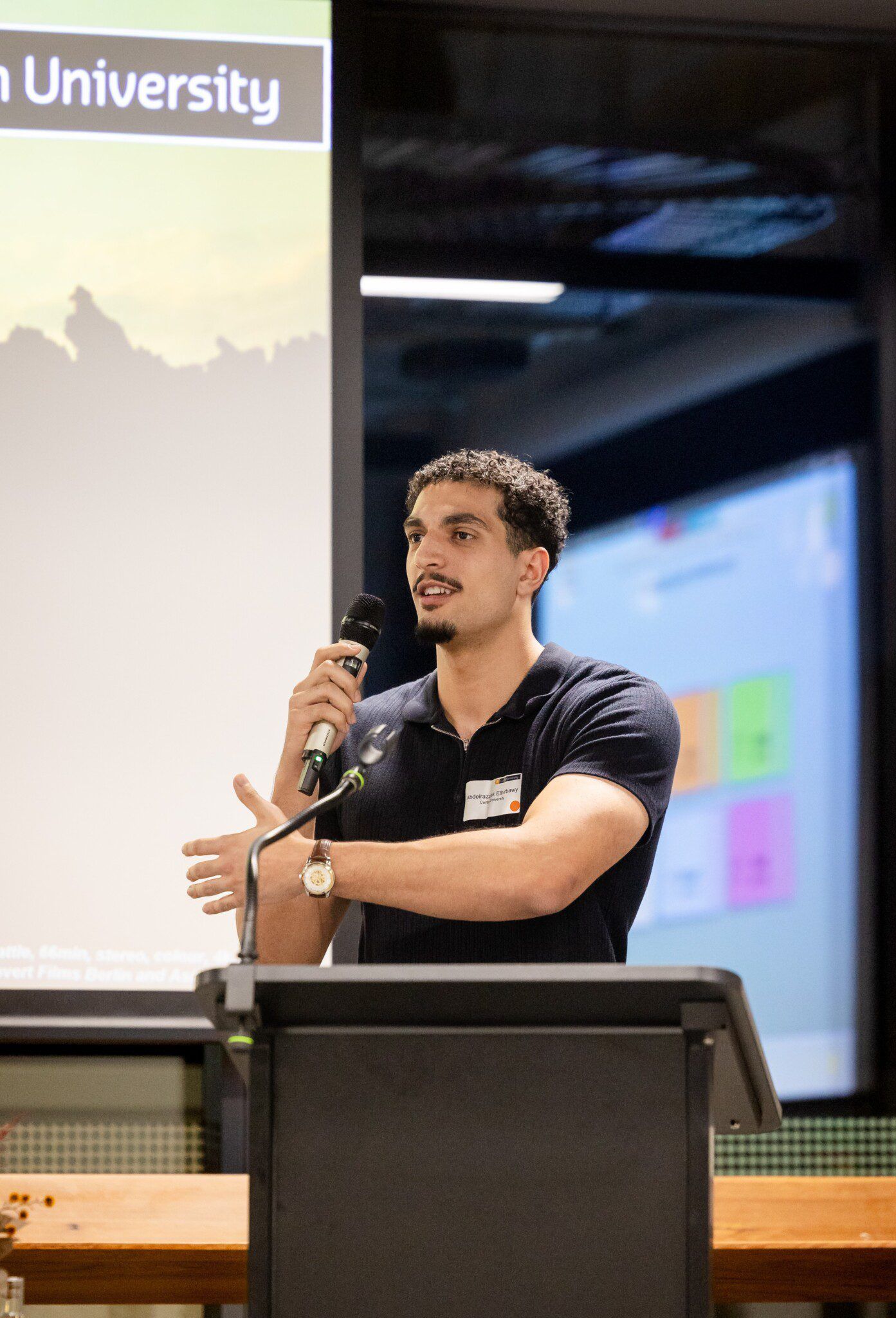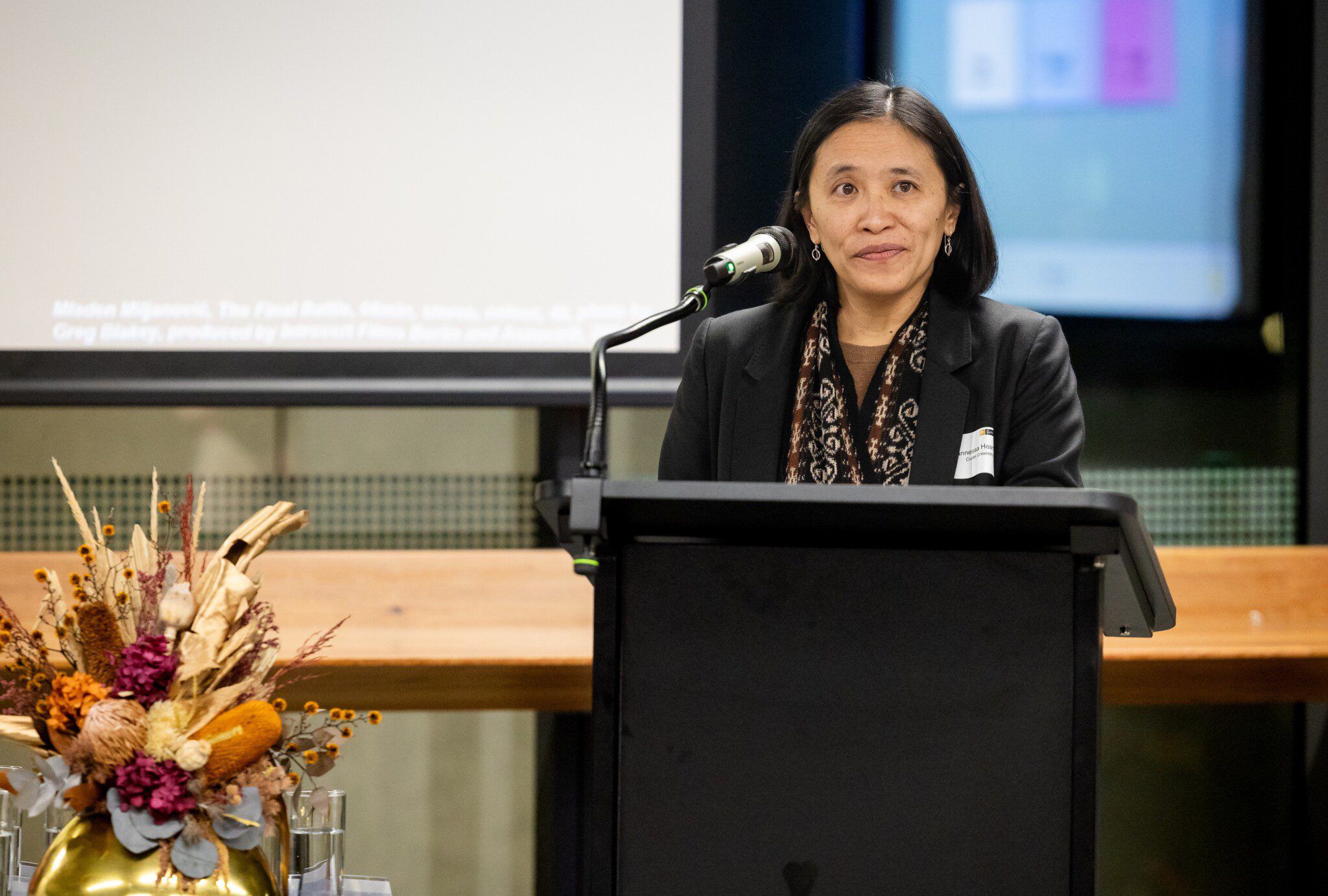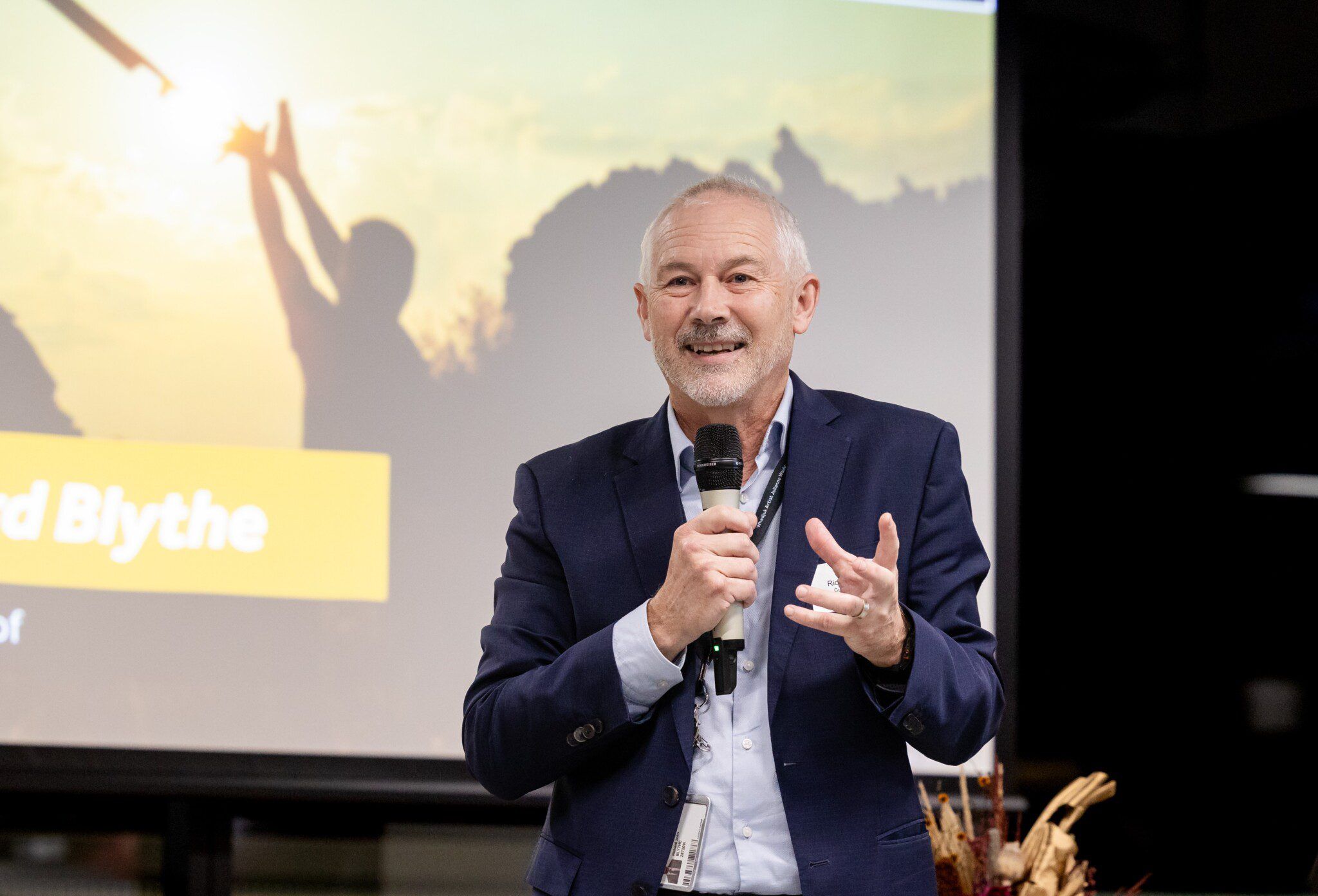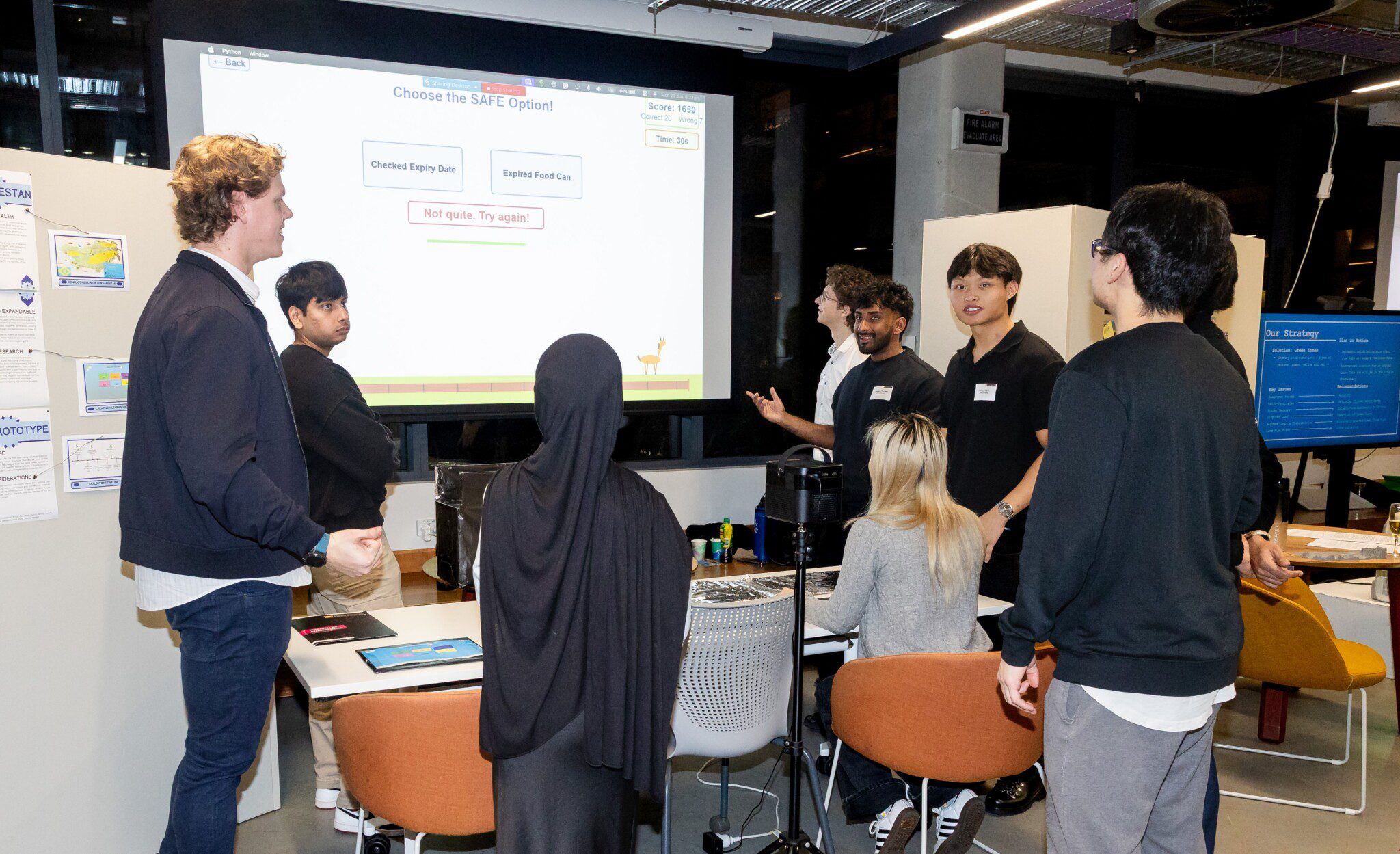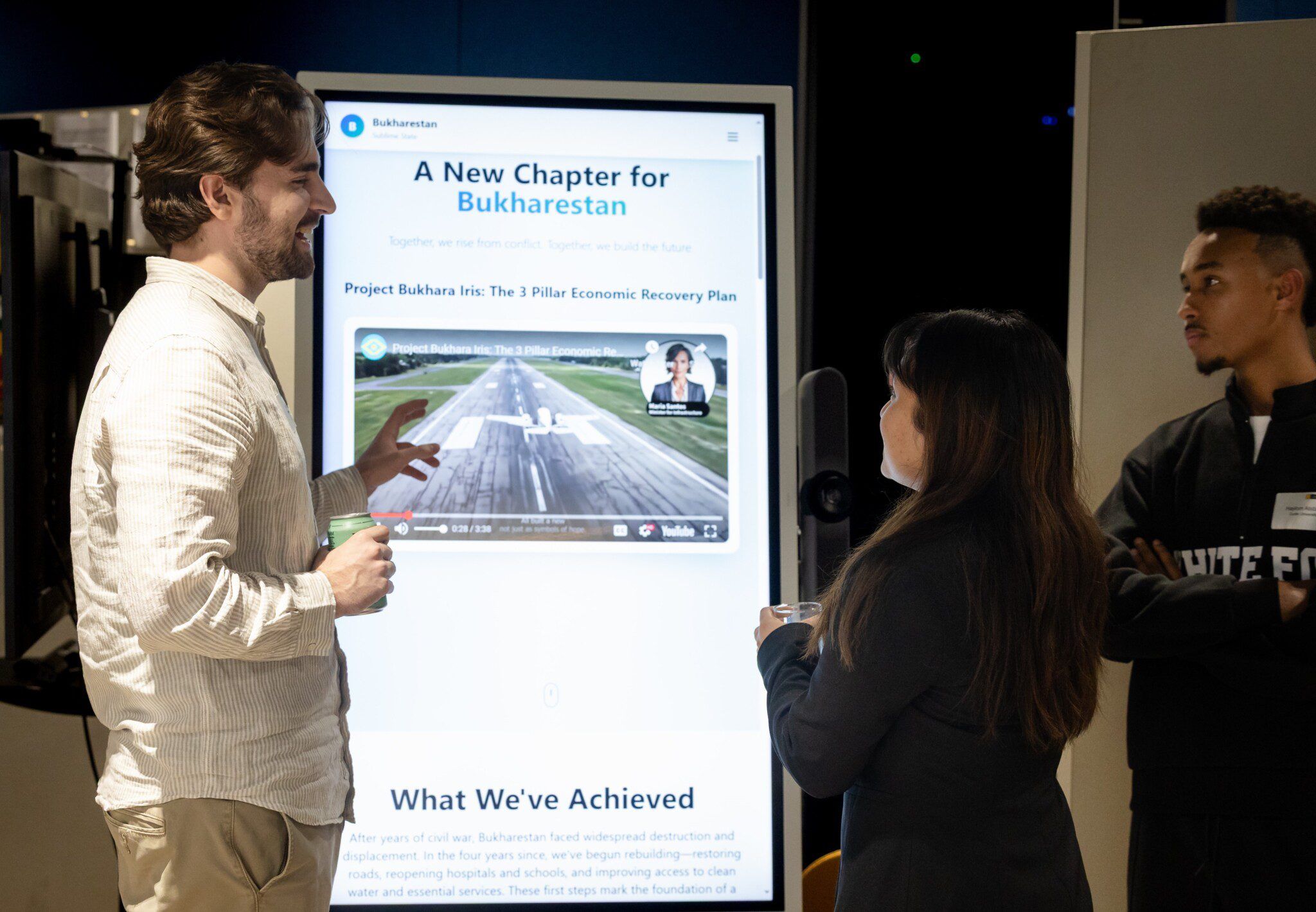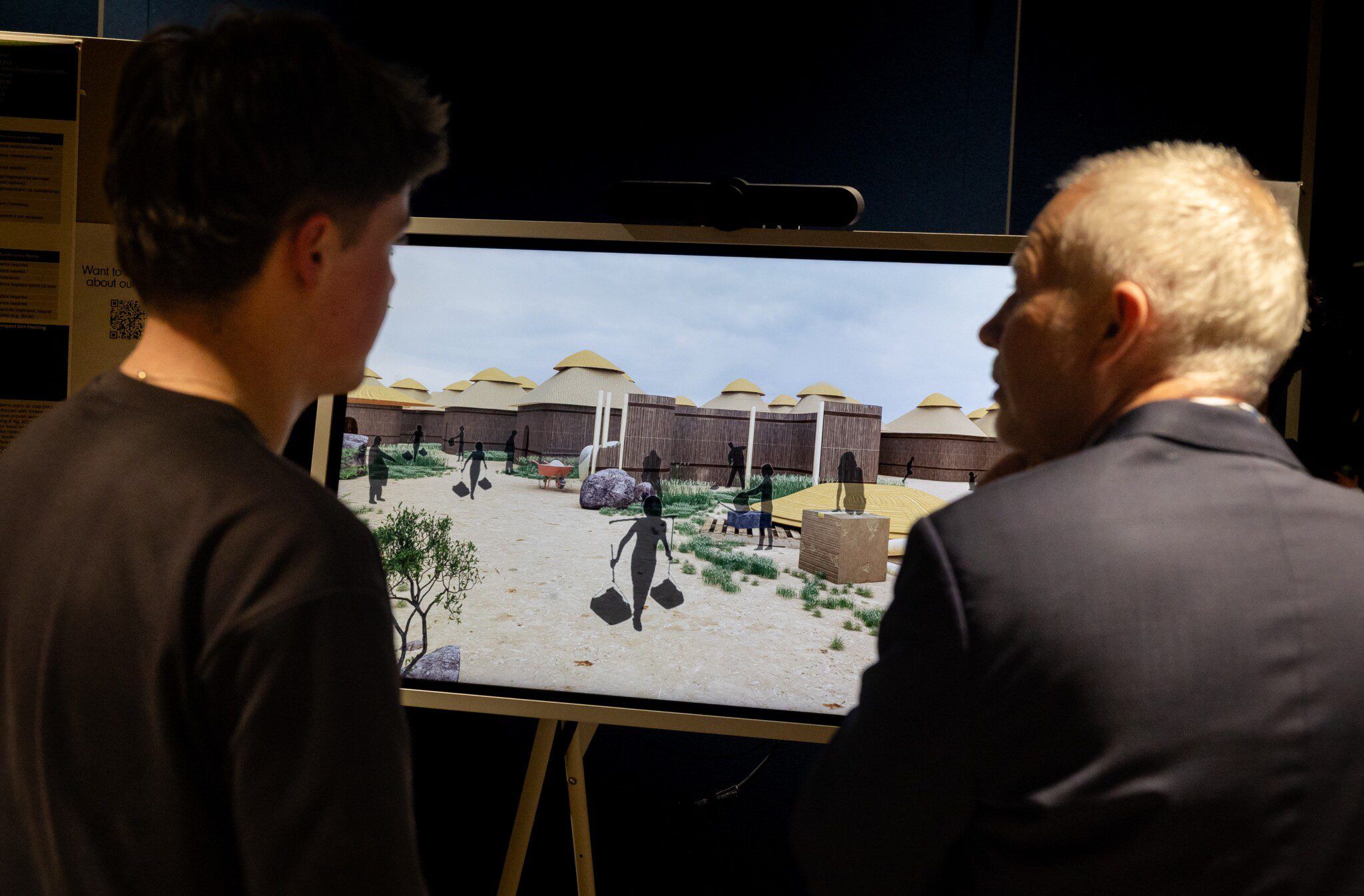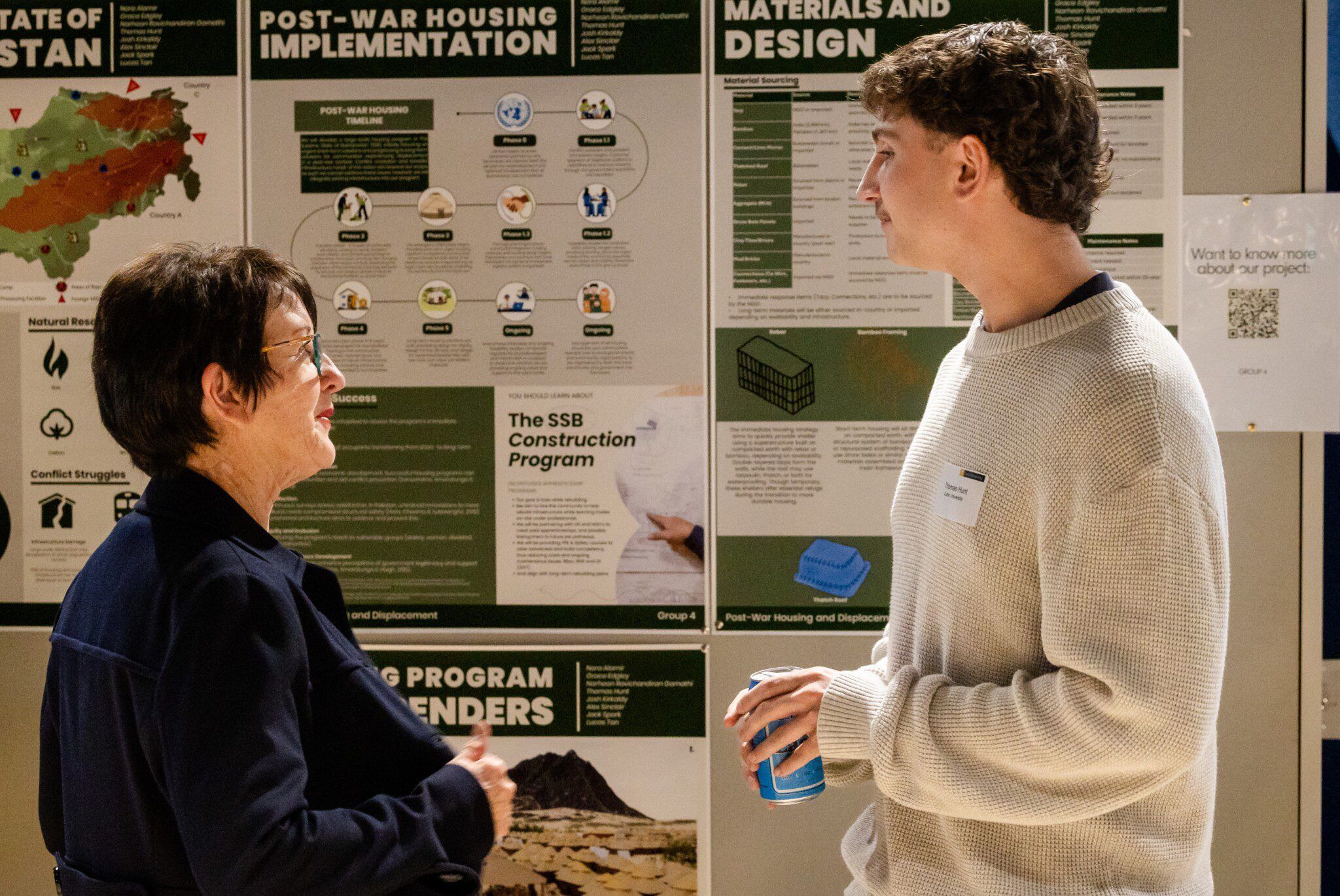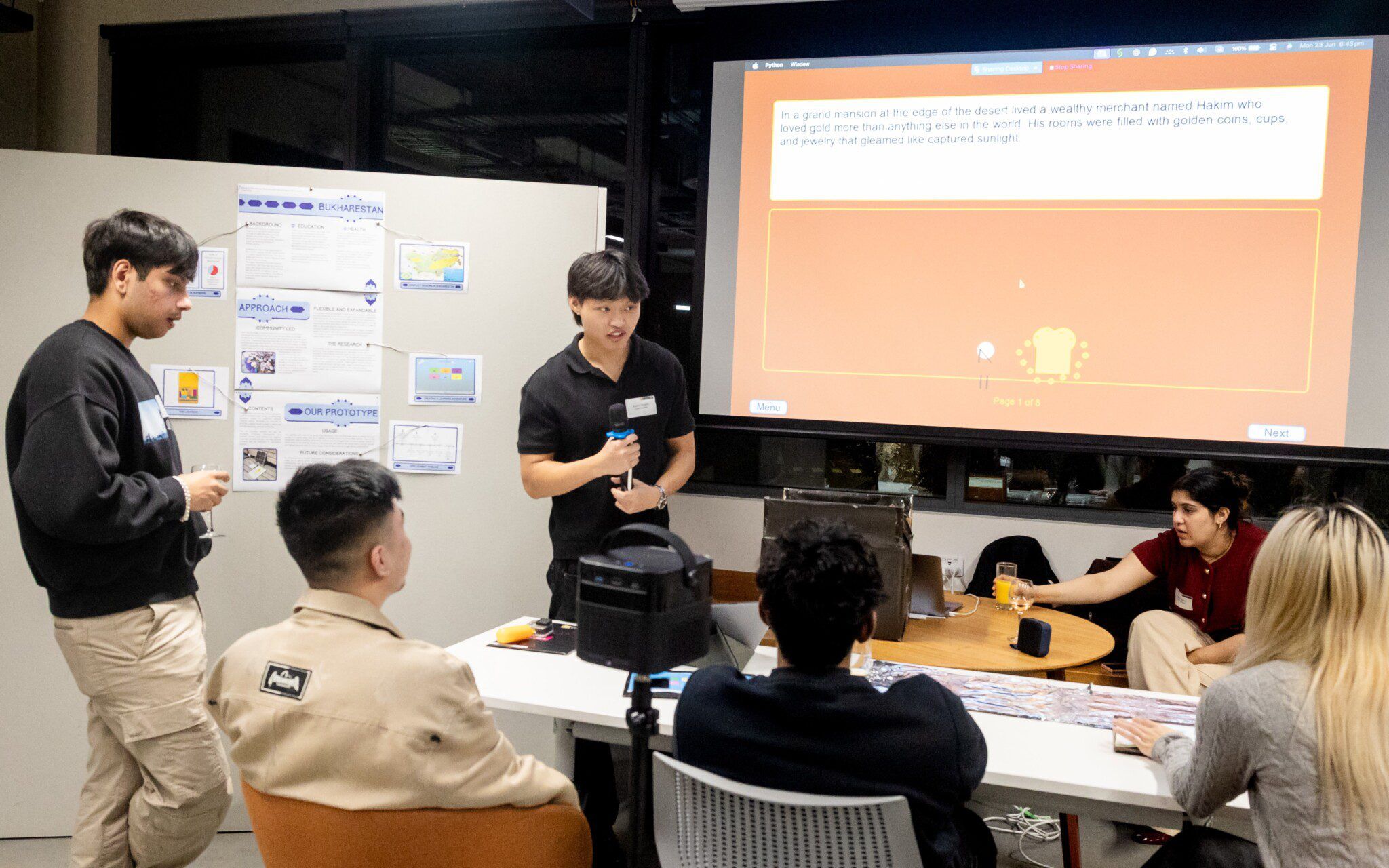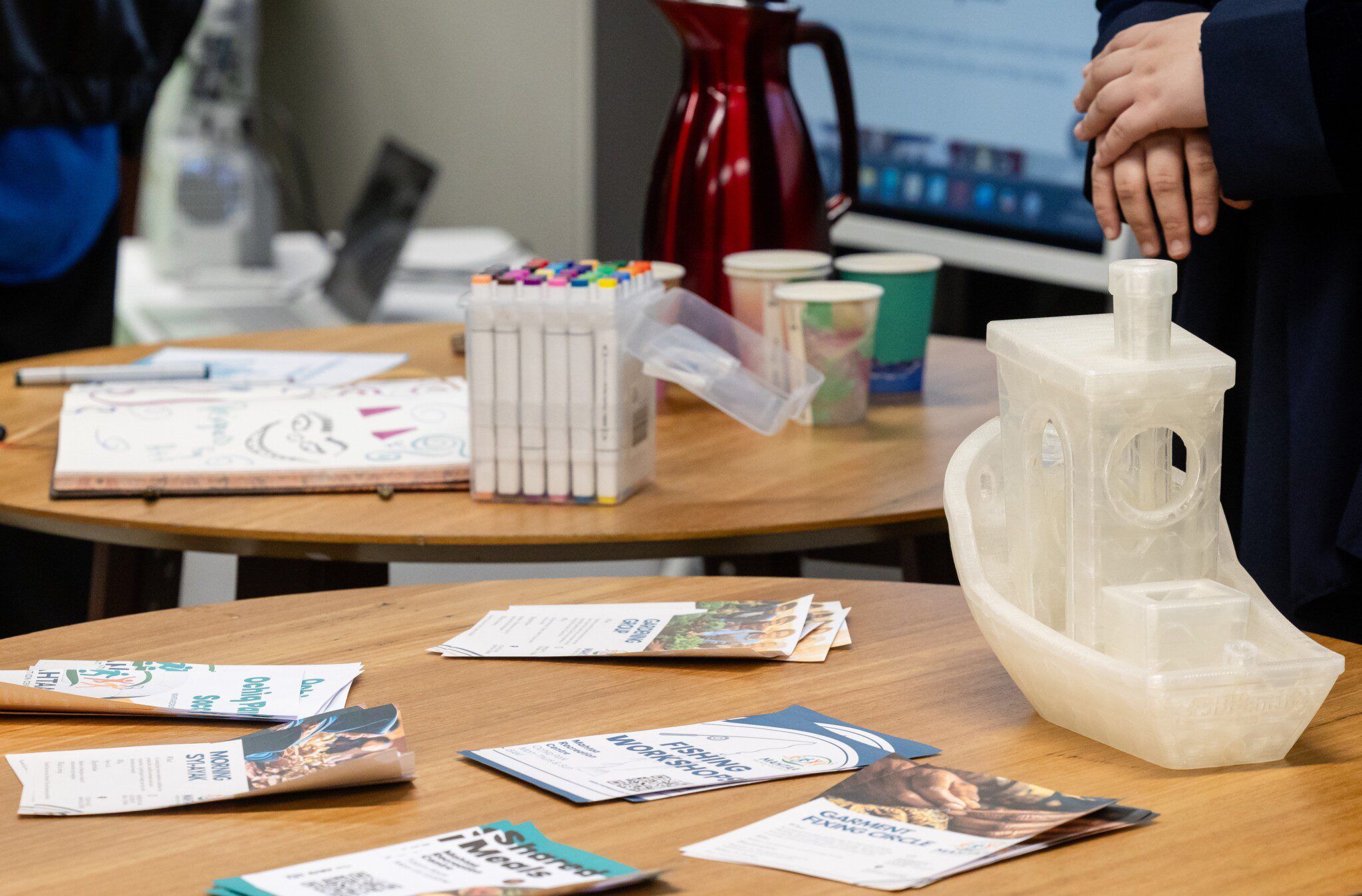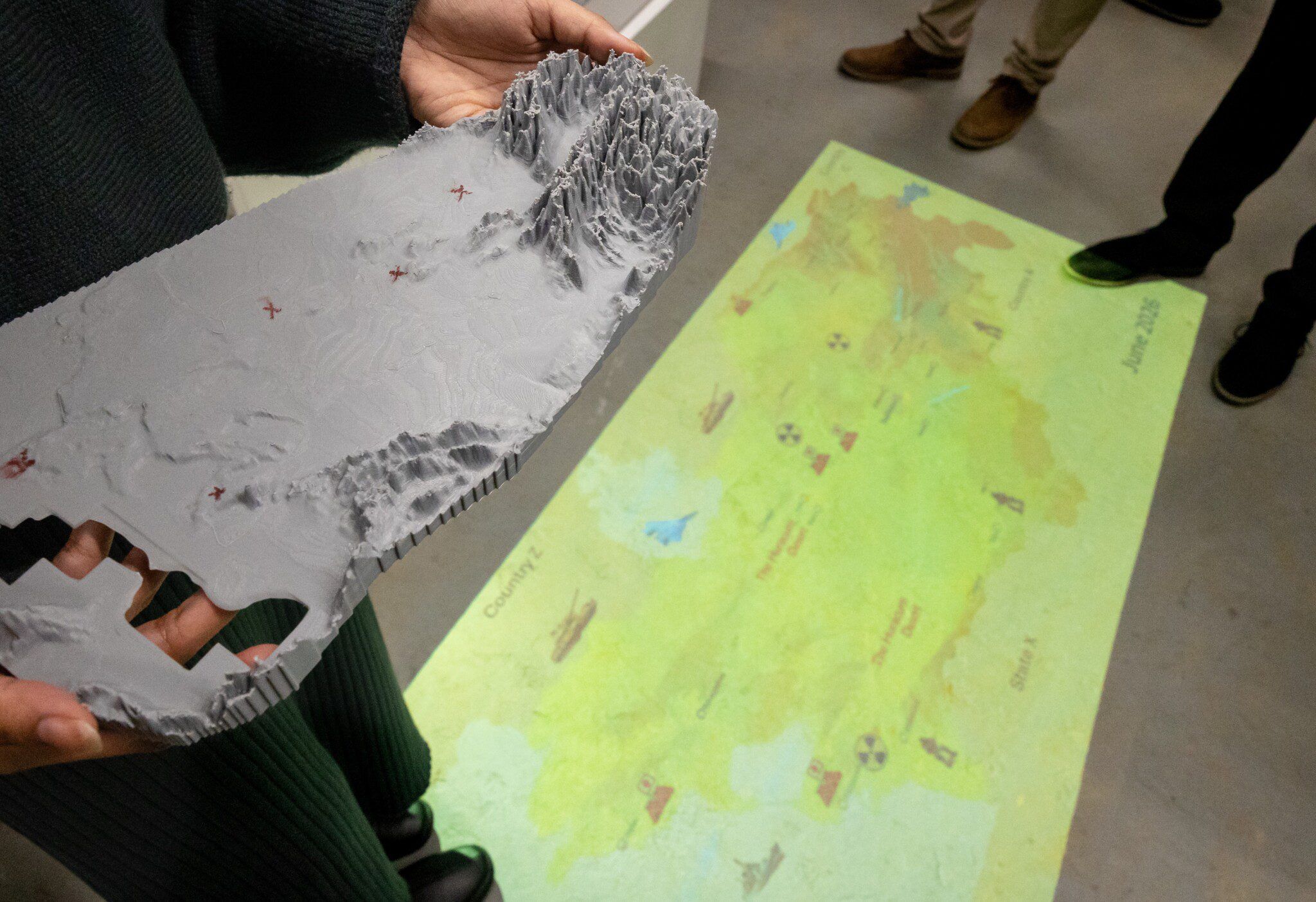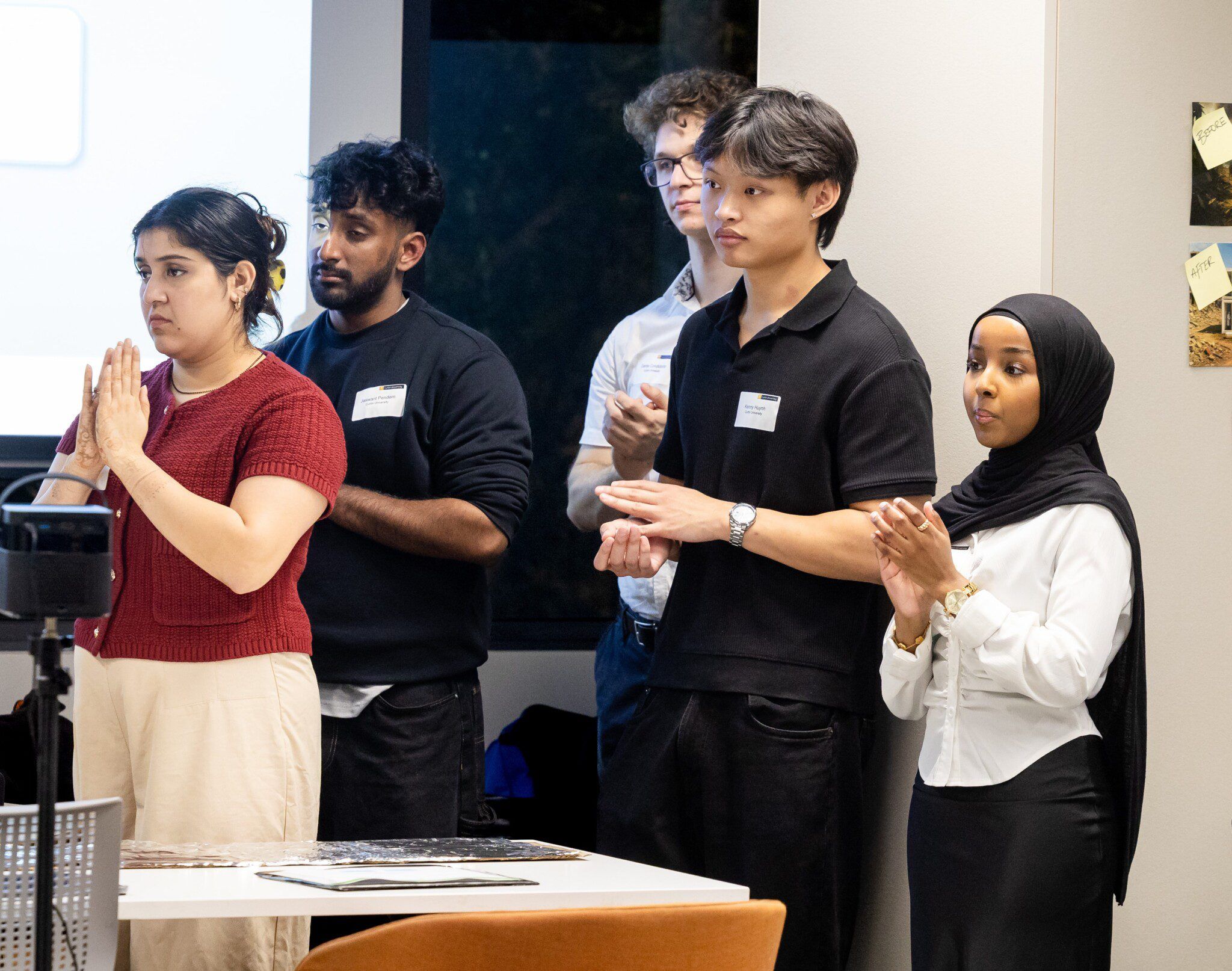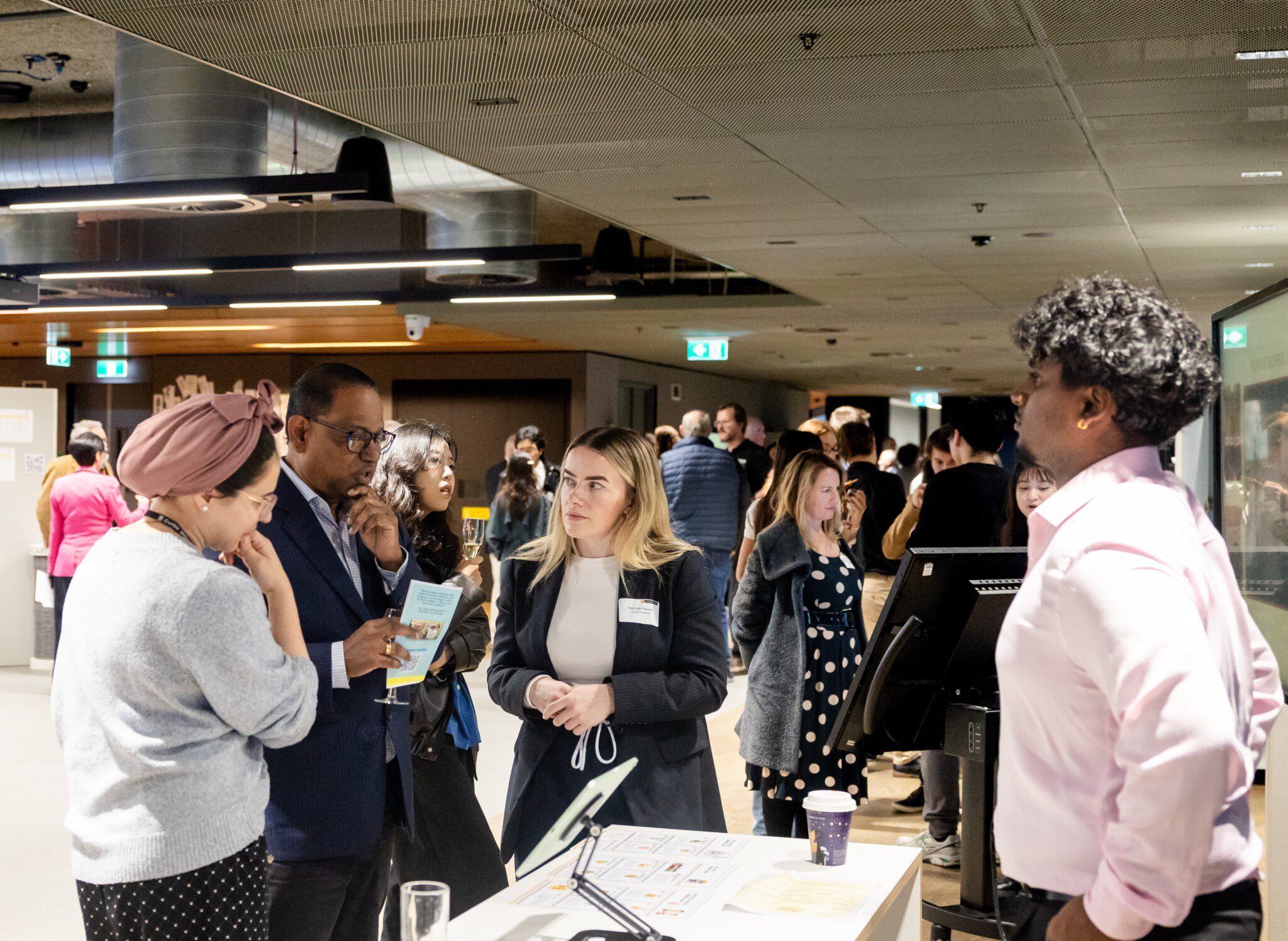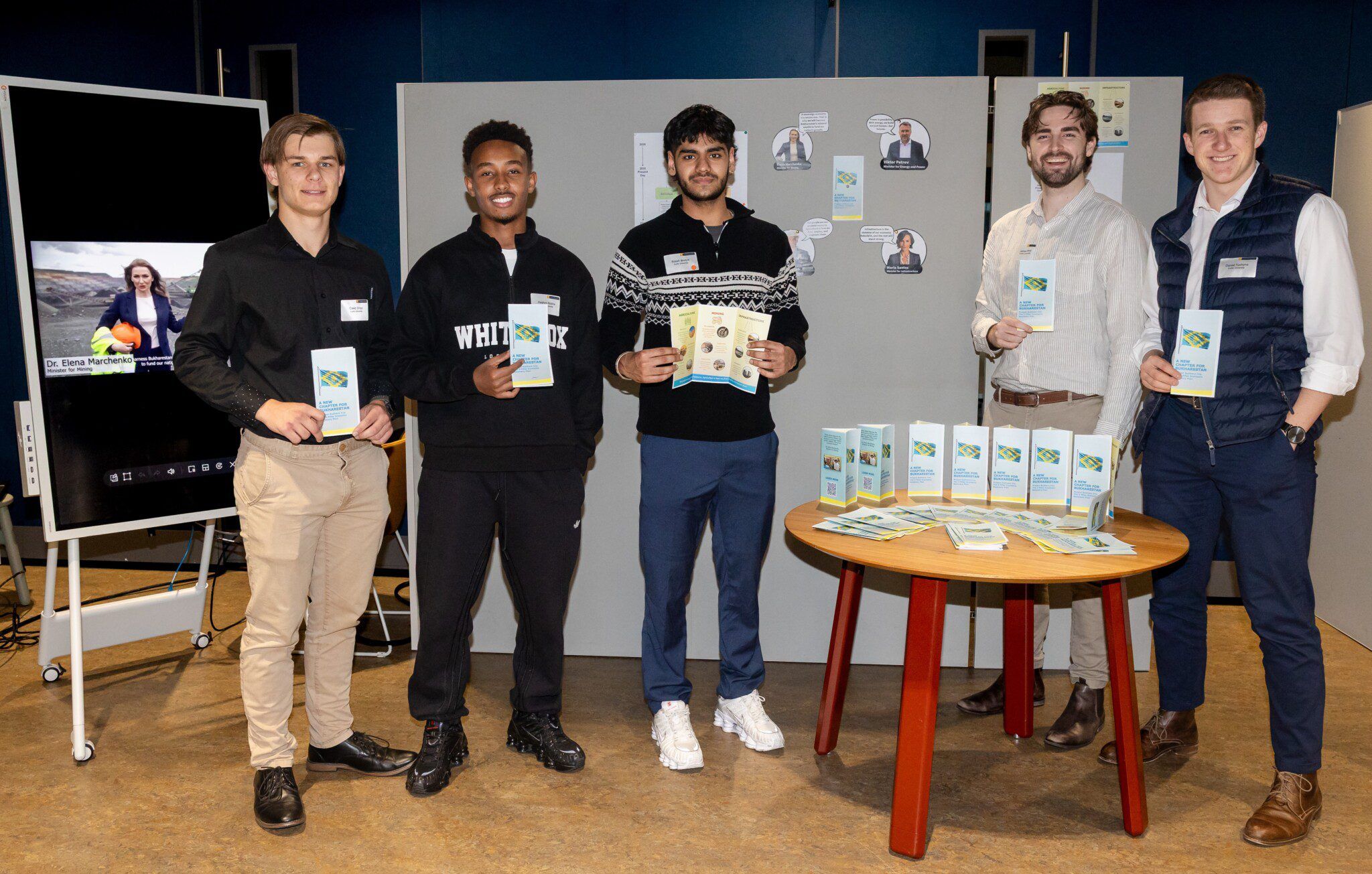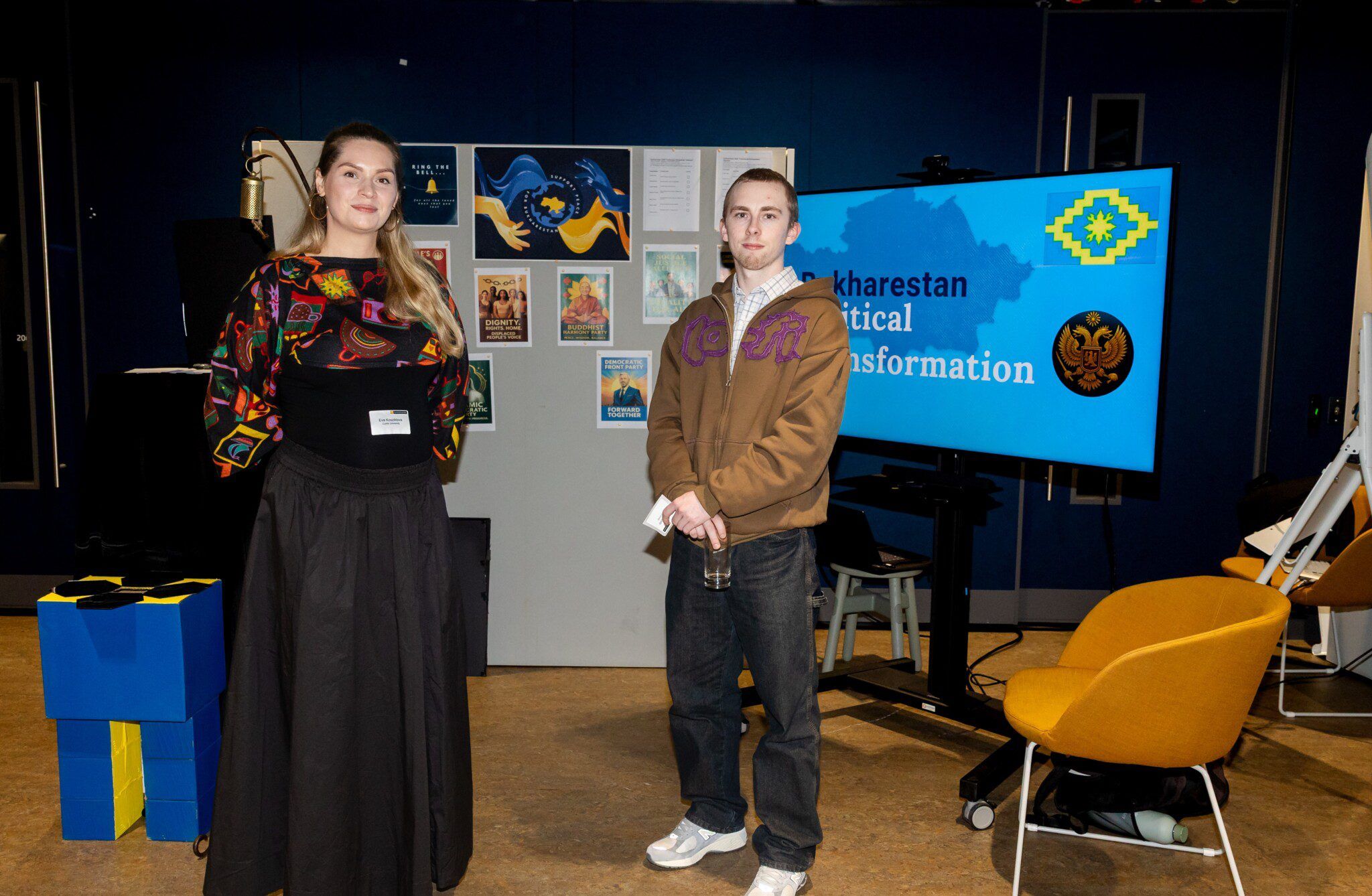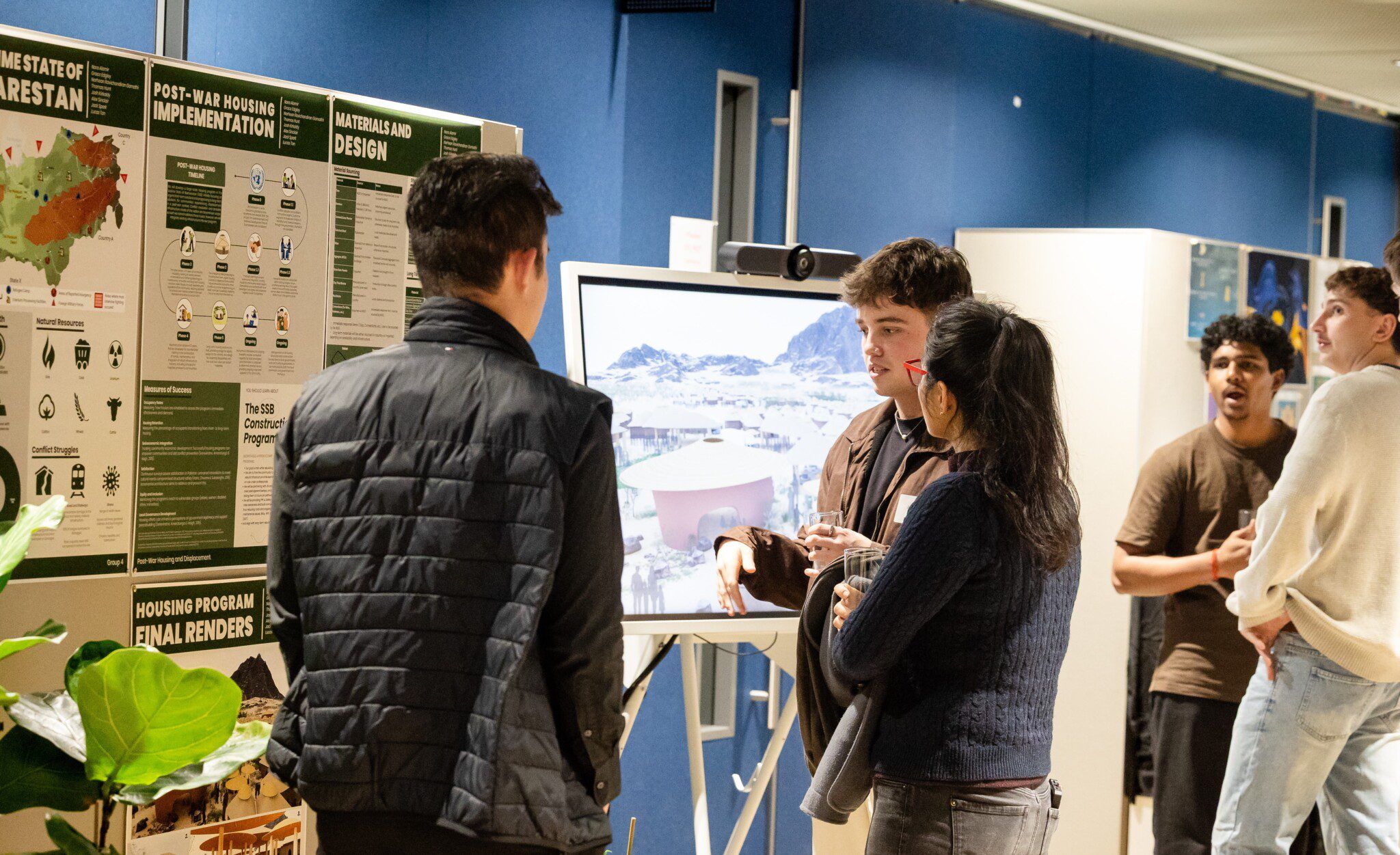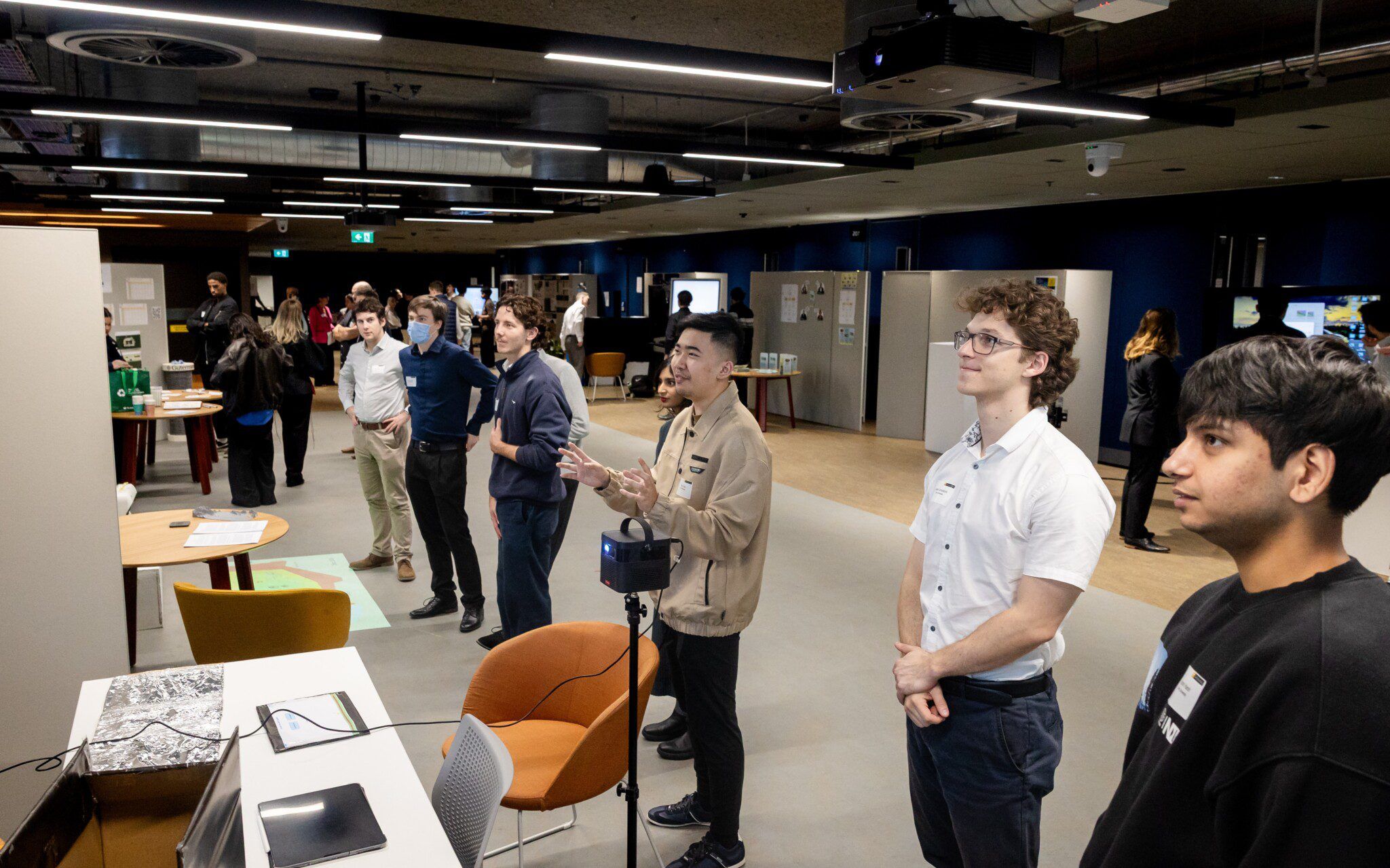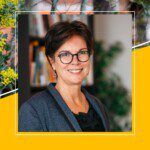In a world fractured by increasing global conflict, the Global Futures Challenge After War offered a rare chance to not just study history, but to shape what comes next.
Held over the mid-year break, the intensive 25-credit program brought together Curtin University students across disciplines—including Engineering, Project Management, International Relations, Architecture, Urban Design, and more—to grapple with one of the world’s most pressing challenges: how to rebuild lives, social, political and educational systems, and physical infrastructure after war.
Led by Professor Farida Fozdar, Dean of Global Futures, who was supported by academics and practitioners who had worked with the UN, private resource companies, and other organisations in peacekeeping, reconstruction and so on, the program asked students to build on theory and current practice to imagine scalable solutions to post-conflict displacement, and physical, mental, social, economic and political destruction, in a fictional country.
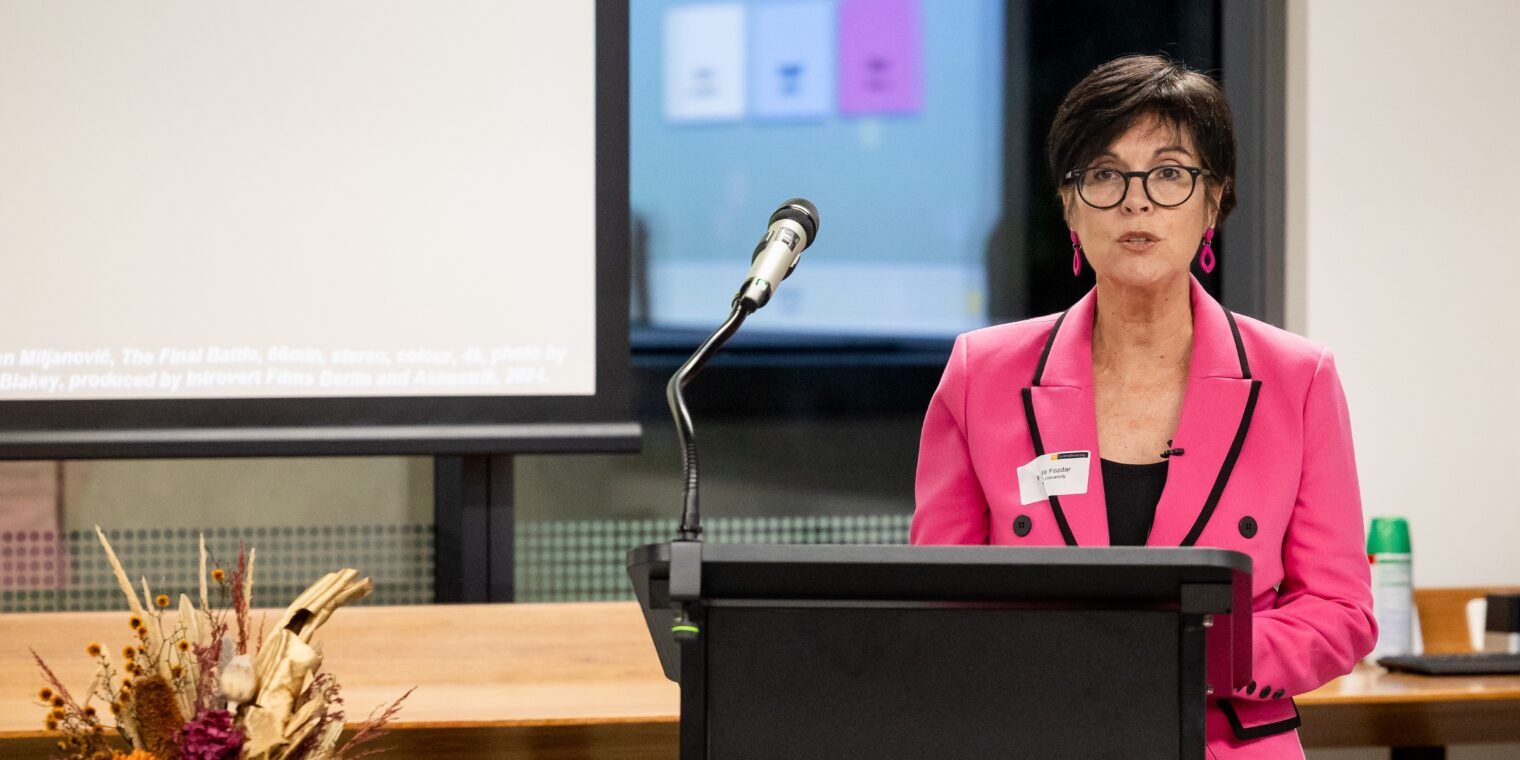
“Young people can feel overwhelmed by what’s going on in the world. This unit offered a positive opportunity to design feasible solutions. After war, we need bricks and mortar, roads, hospitals and so on. But we also need new ways of thinking—ways that center community, culture, sustainability, and healing,” said Professor Fozdar. “This challenge is about equipping our students with the tools to lead those conversations and solutions. Students created fantastic responses to the ten challenges we set—one group designing cheap and accessible water purification systems, another a set of political reforms to reduce the likelihood of insurgencies, another a portable educational technology for use in remote areas, another accessible housing solutions, another a system for public contributions to support honesty in journalism, and another a community centre with programs to build resilience, skills and joy.”
For participants, the experience was as demanding as it was transformative. Students were placed in multidisciplinary teams to tackle the layered complexities of rebuilding in post-conflict settings. Students considered not only material logistics but also questions of equity, inclusion, and cultural preservation.
“It was a powerful eye-opener for both myself and my team,” shared one student. “We had to think not just about the physical structures, but about the emotional, political, and cultural structures that must be rebuilt too.”
“The field trip to the Art of Peace exhibition was a highlight for me,” said another. “It showed how creativity can be used to send an important message. I hadn’t been exposed to many of the ideas in the unit before and it really changed the way I think. I can see how I can use these ideas and the experience of working with others to build solutions in my future career.”
Through workshops, mentoring sessions, and keynotes by international experts, students were exposed to the reality of rebuilding in places where infrastructure has been destroyed and trust has been fractured.
“This program doesn’t simulate a problem—it places students directly in the position of responsibility,” said Professor Fozdar. “Provided with skills and knowledge from guest speakers with real-world experience, the students built proposals that could guide real-world recovery efforts.”
Post-conflict recovery is about restoring dignity, fostering resilience, and rewriting the future for those who’ve experienced the unthinkable. Through this challenge, Curtin students didn’t just gain academic credit—they gained insight, empathy, and a renewed commitment to global justice.
“Students saw After War as an opportunity for remaking society—through sustainable initiatives, through recrafting economic systems to reduce inequalities, through ensuring that political systems reflect the will of the people and a voice for all, and through understanding global mechanisms of power that perpetuate conflict; as well as through promoting a free press, valuing human rights, healing psychological trauma and providing a space for joy, to build sustainable peace,” Professor Fozdar added. “The Global Futures Challenge empowers students to imagine a world beyond conflict—and to help build it.”
Watch the Highlights Video
Upcoming Global Futures Challenges
To learn more about upcoming Global Futures Challenges please contact humanities-futures@curtin.edu.au
